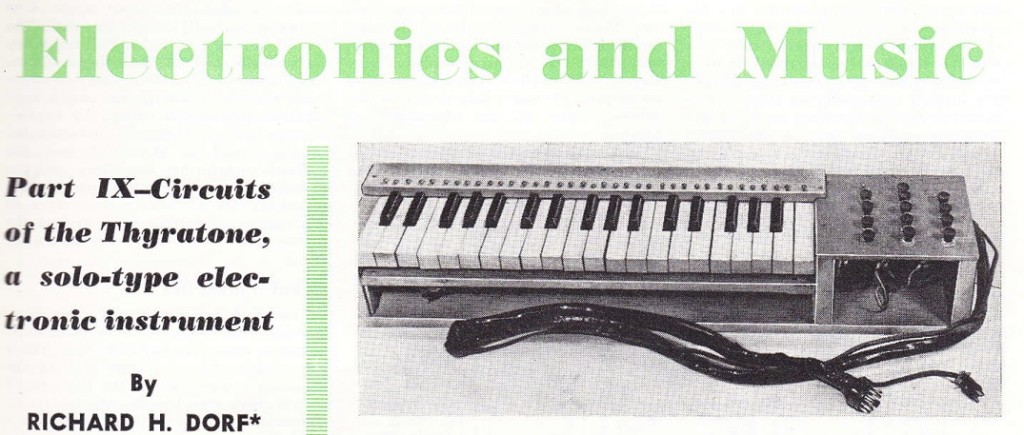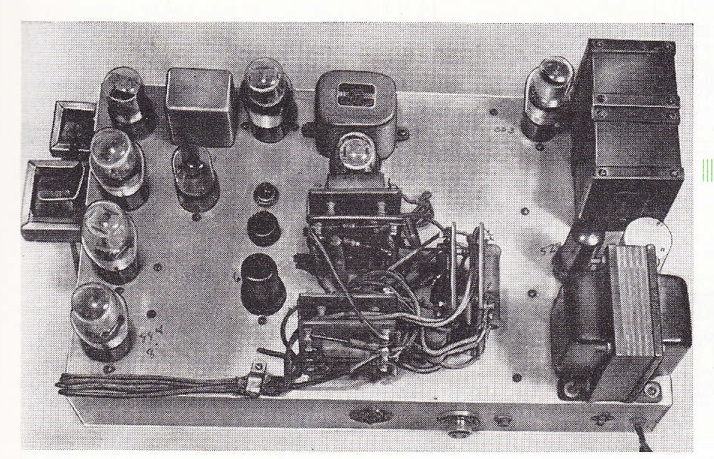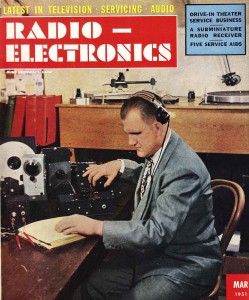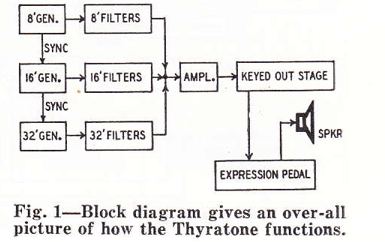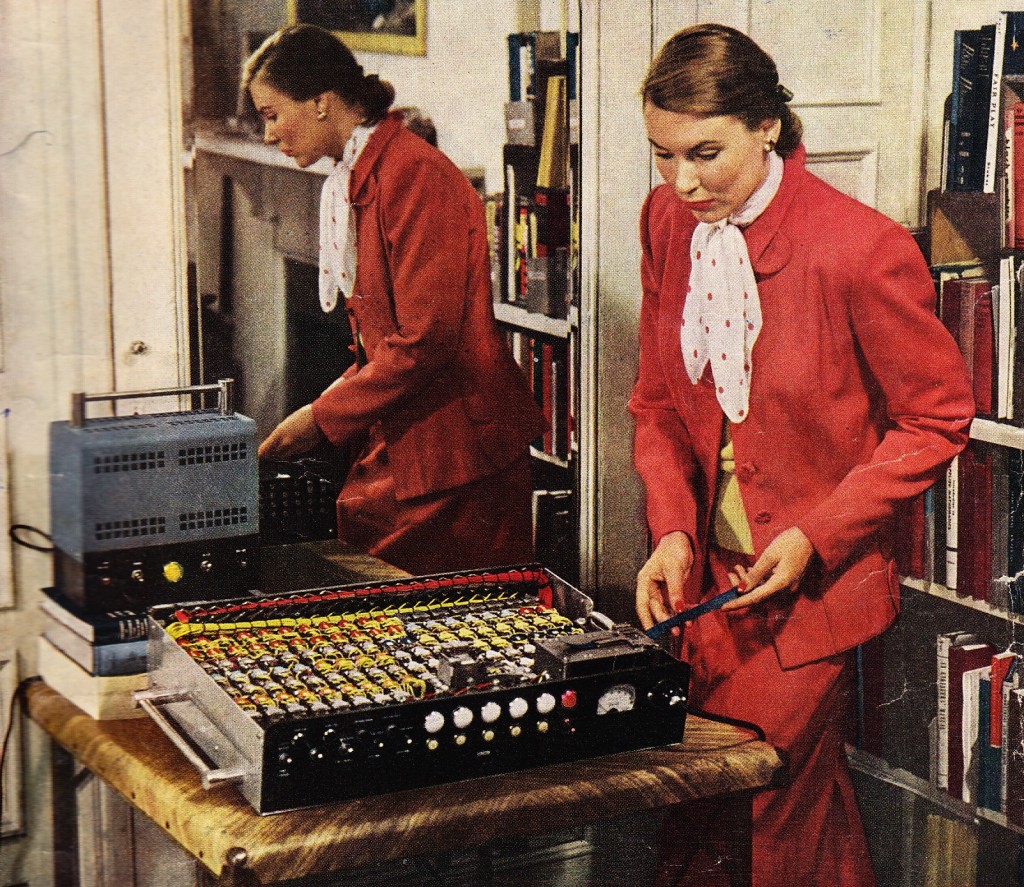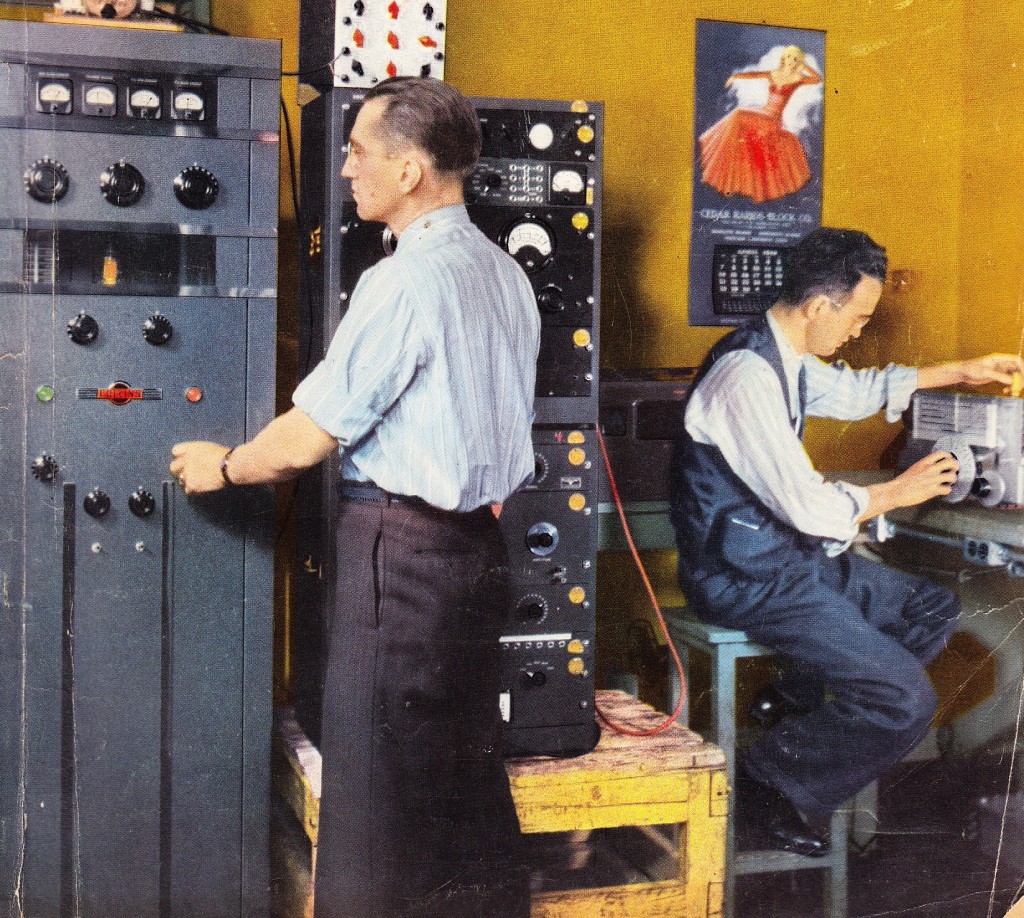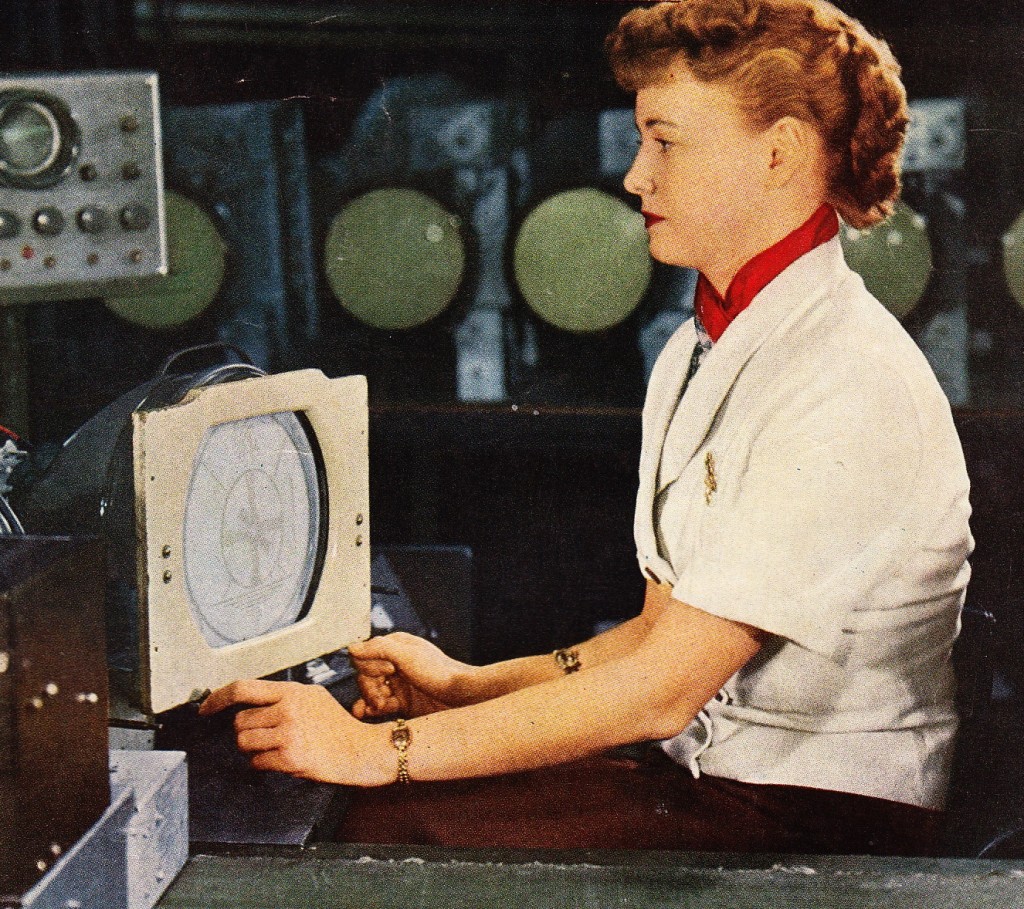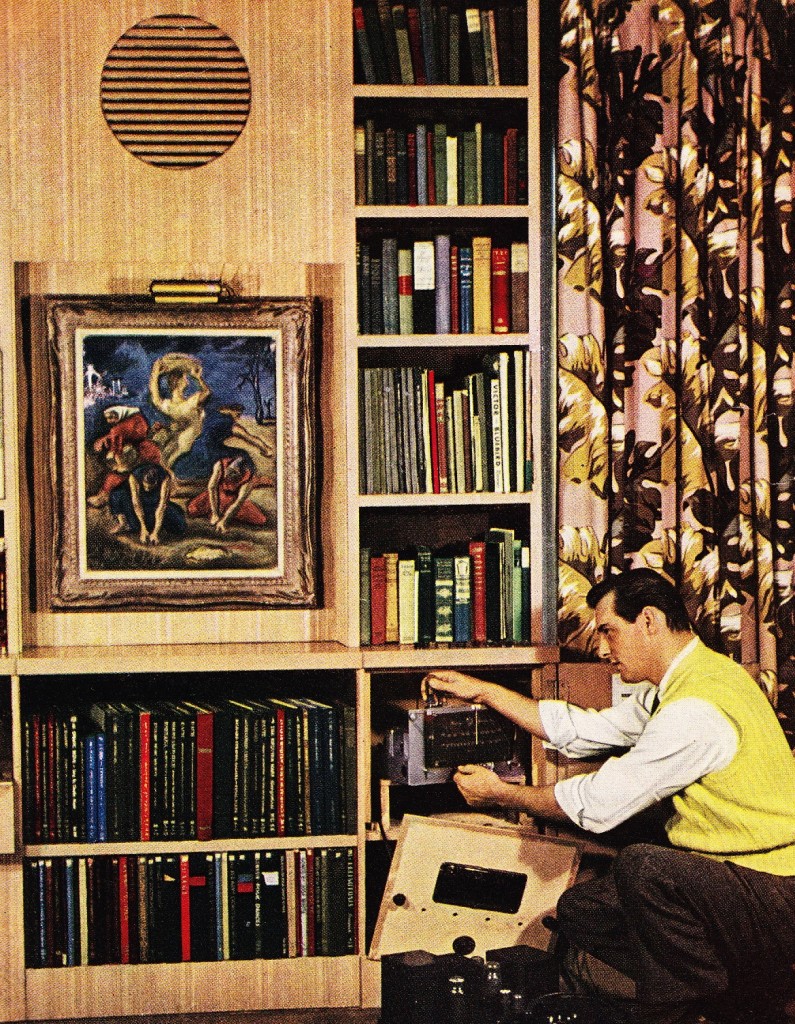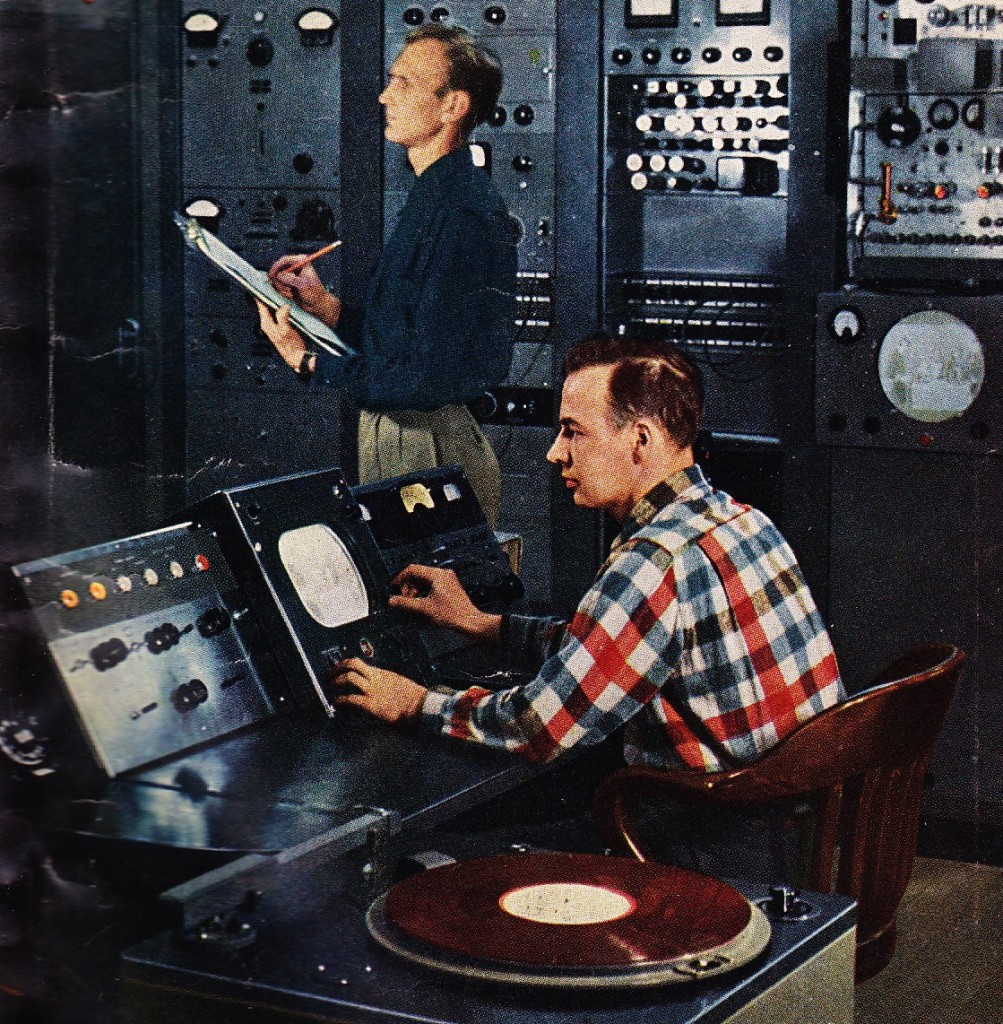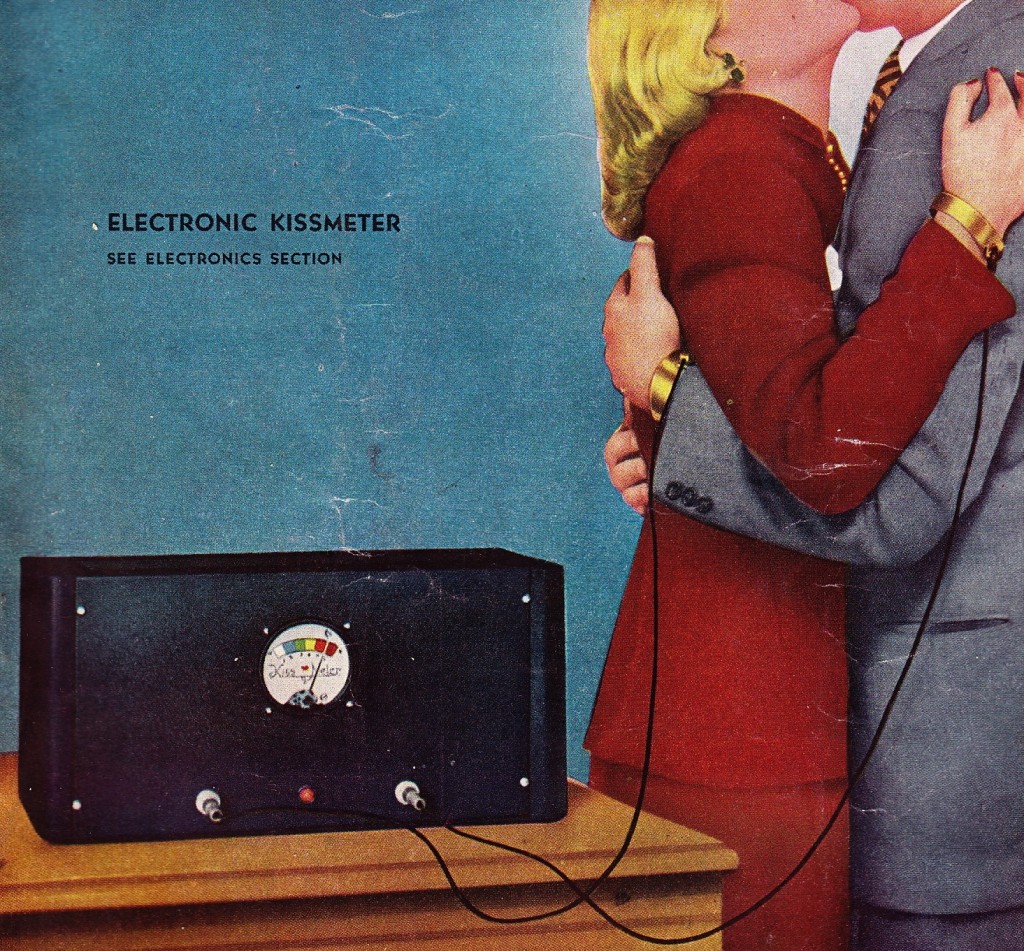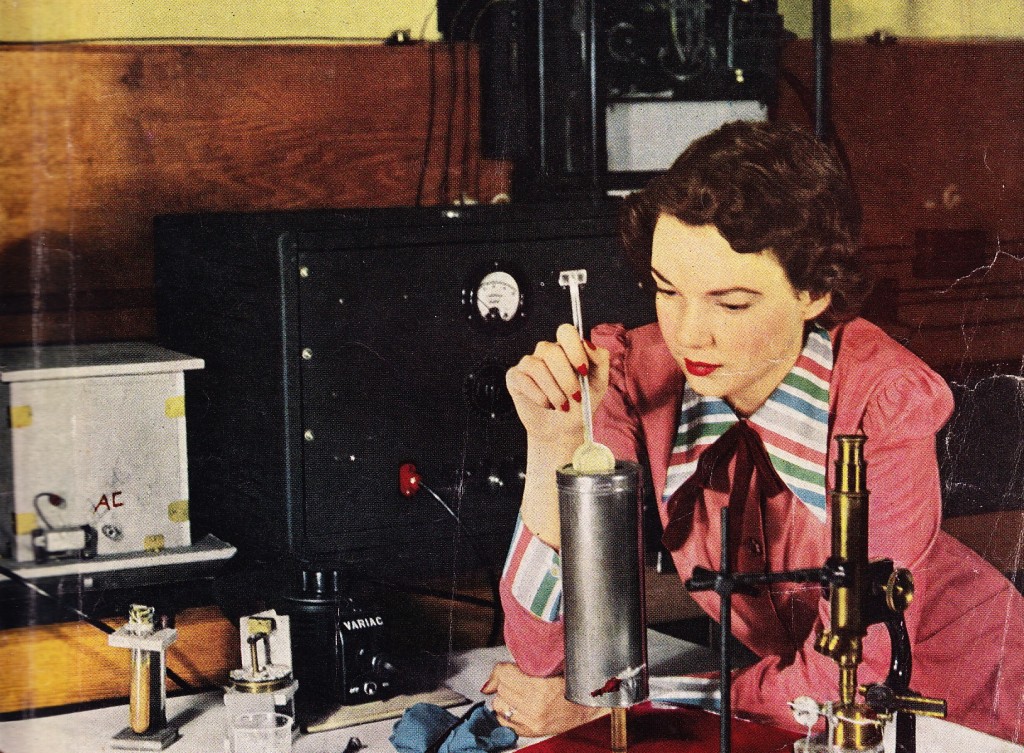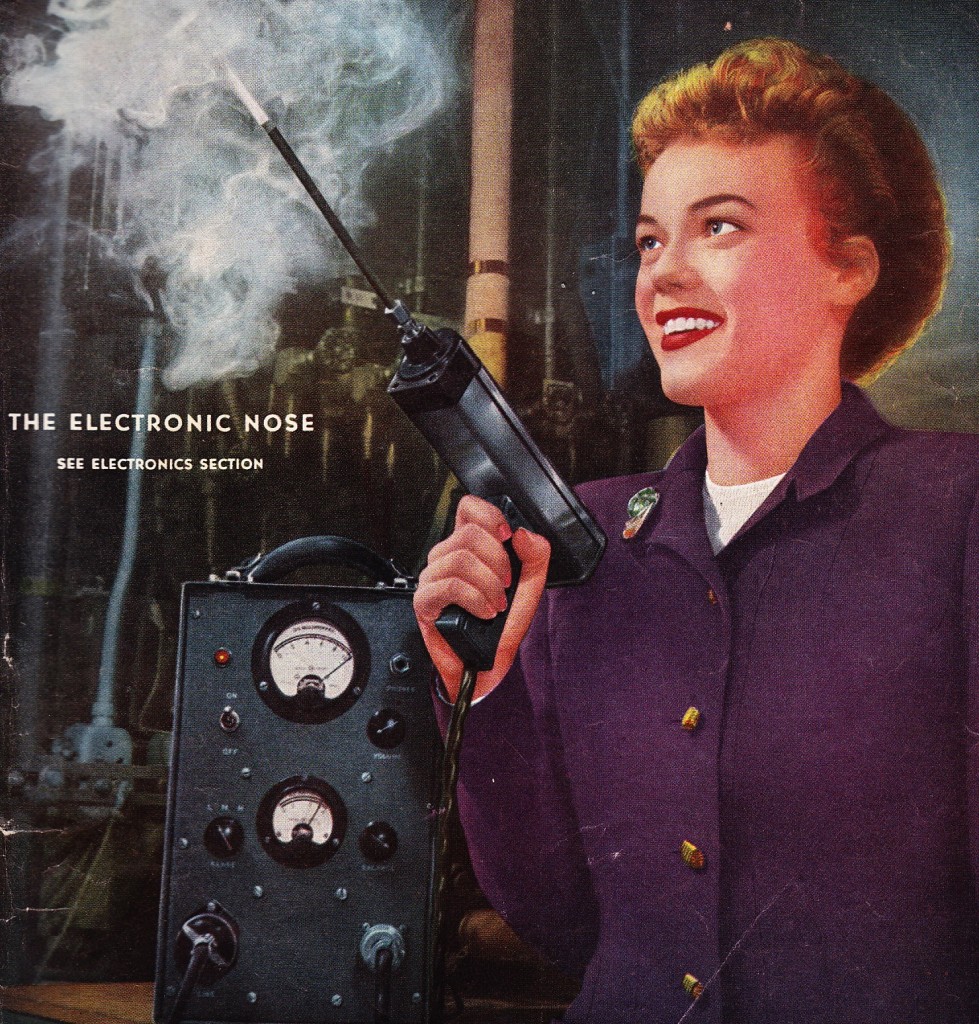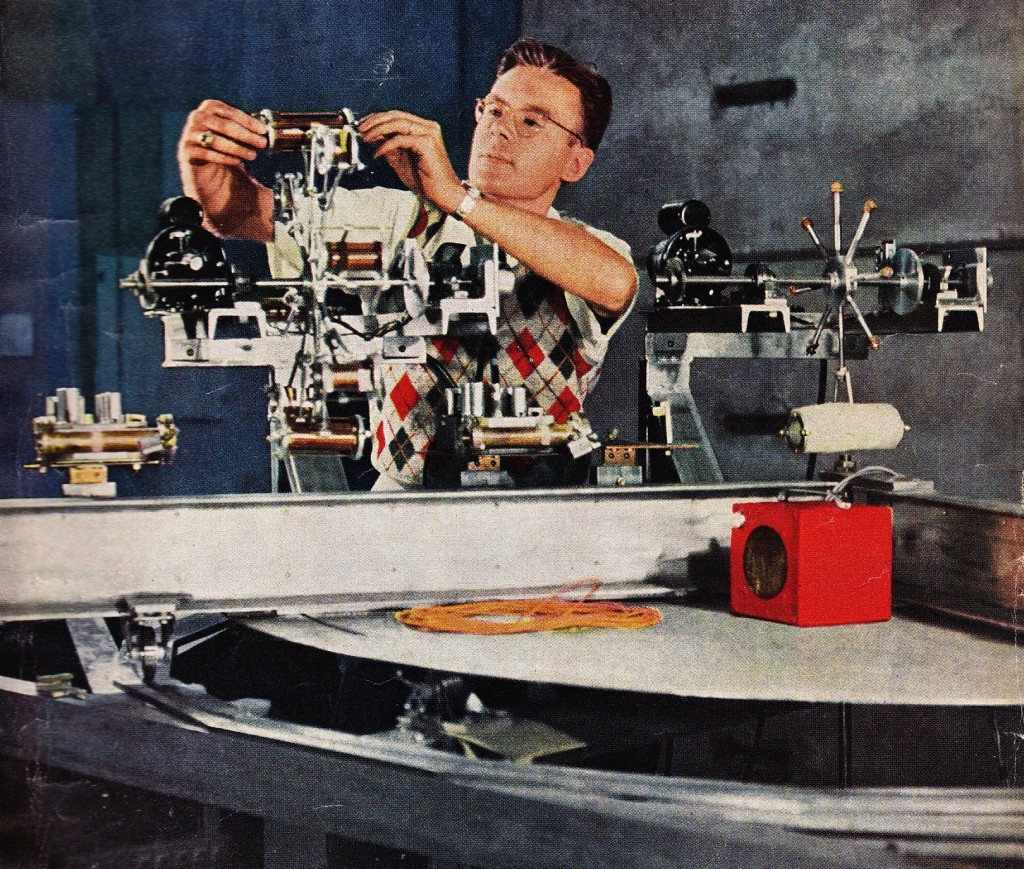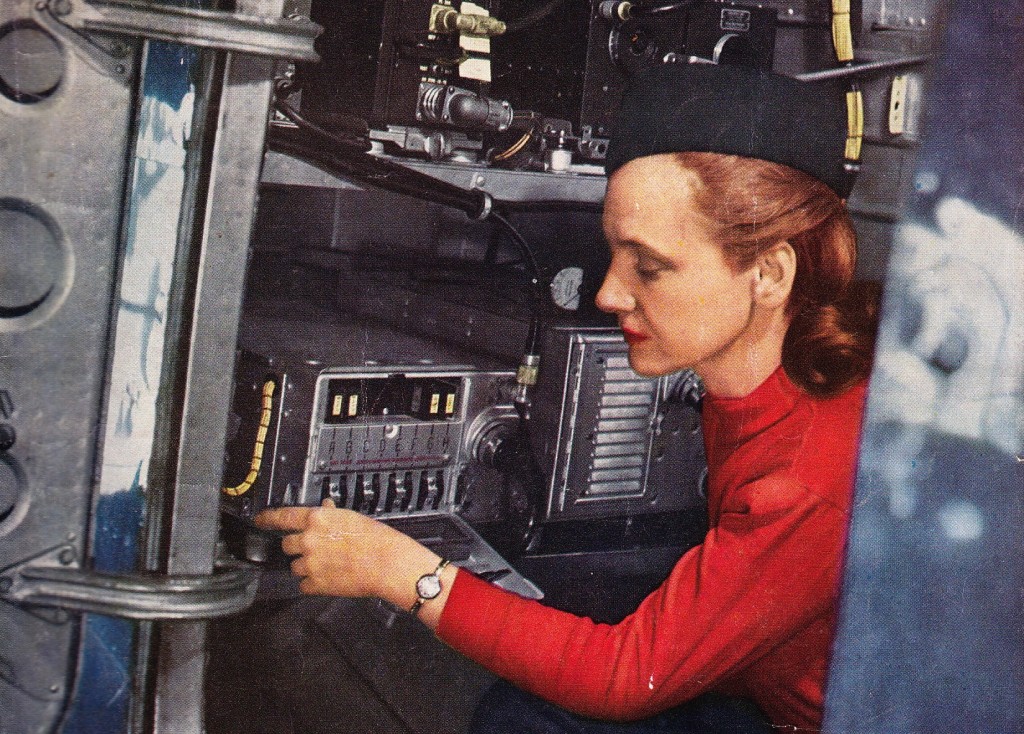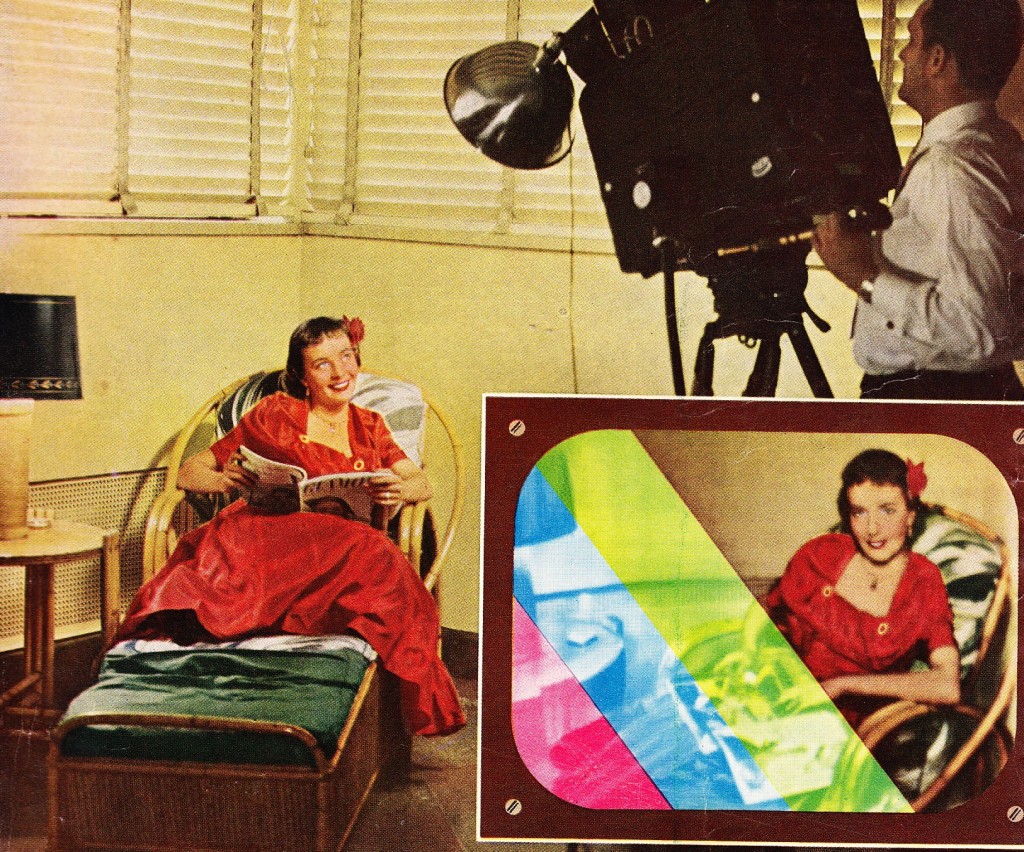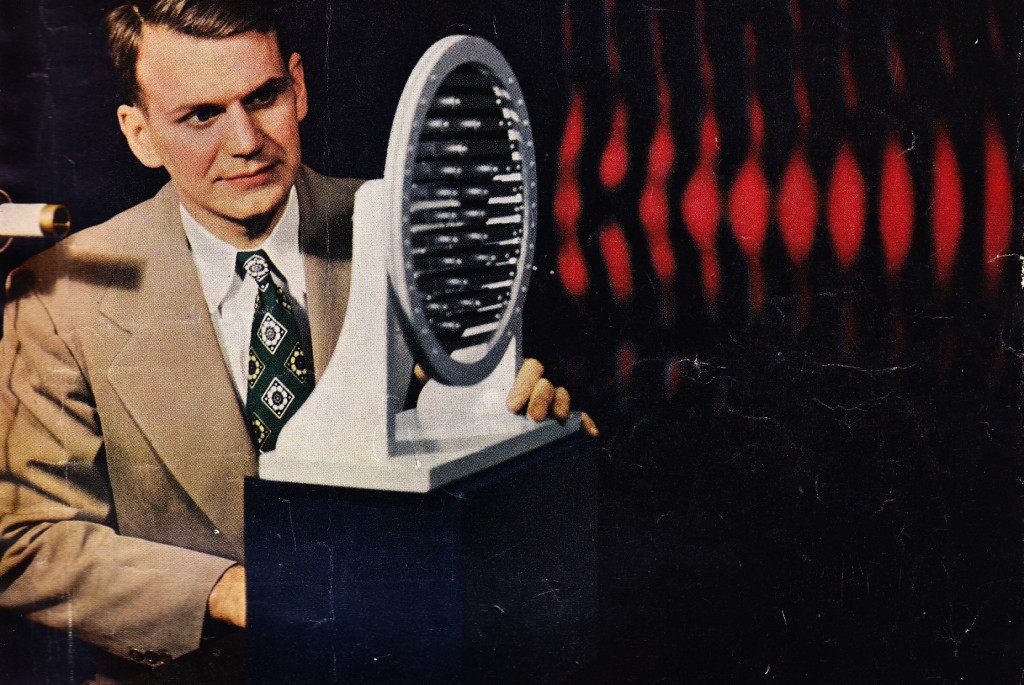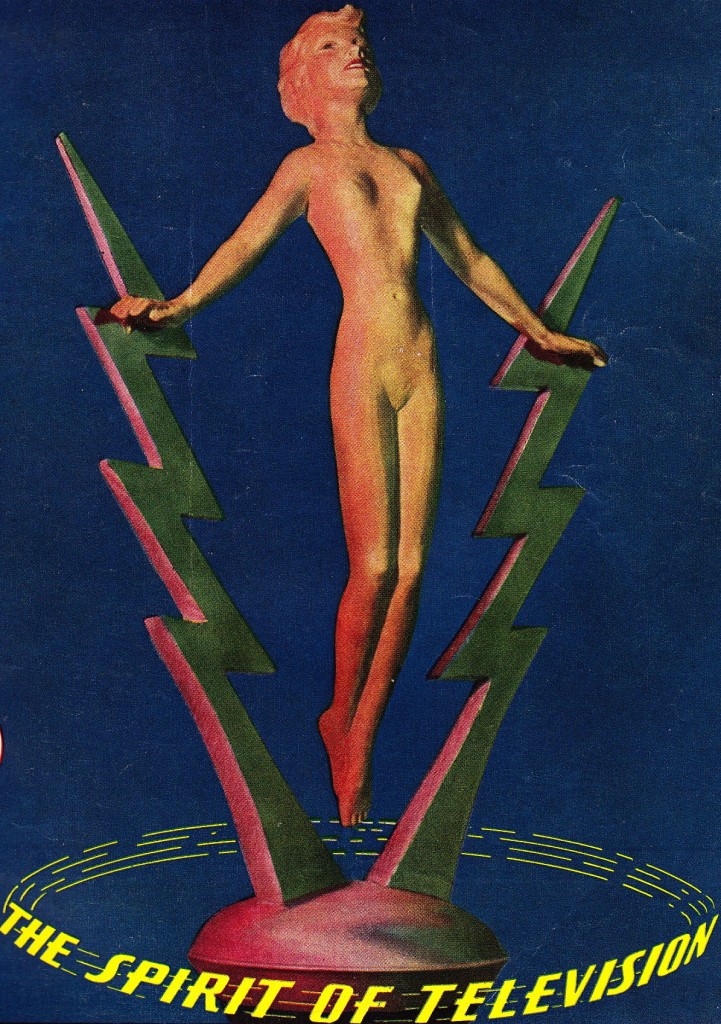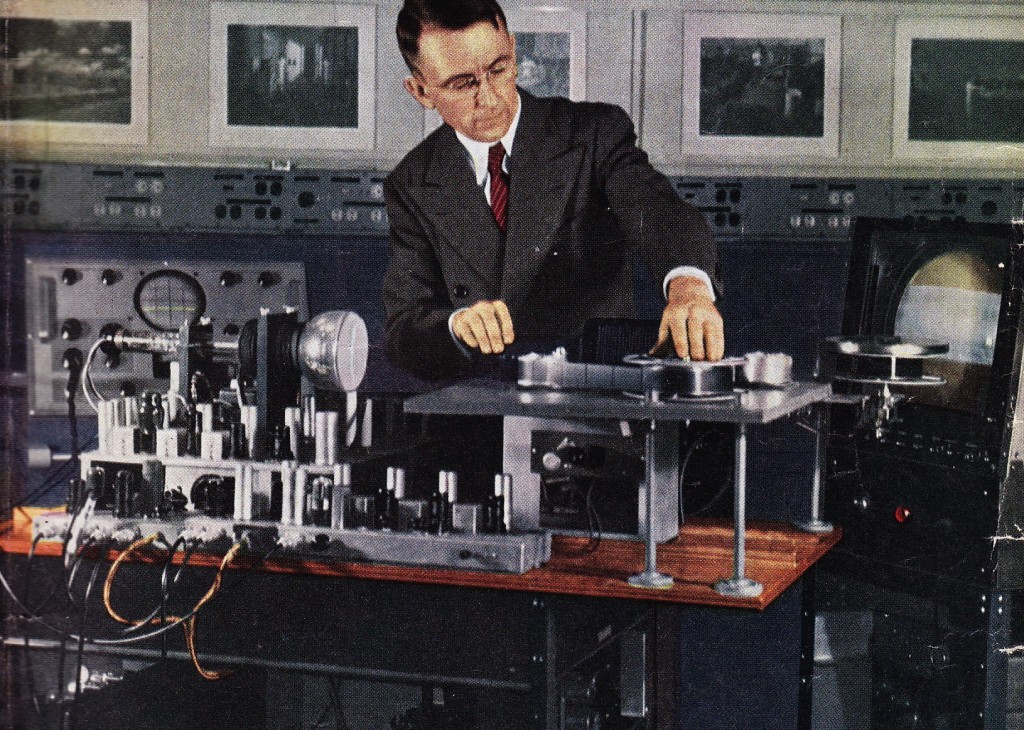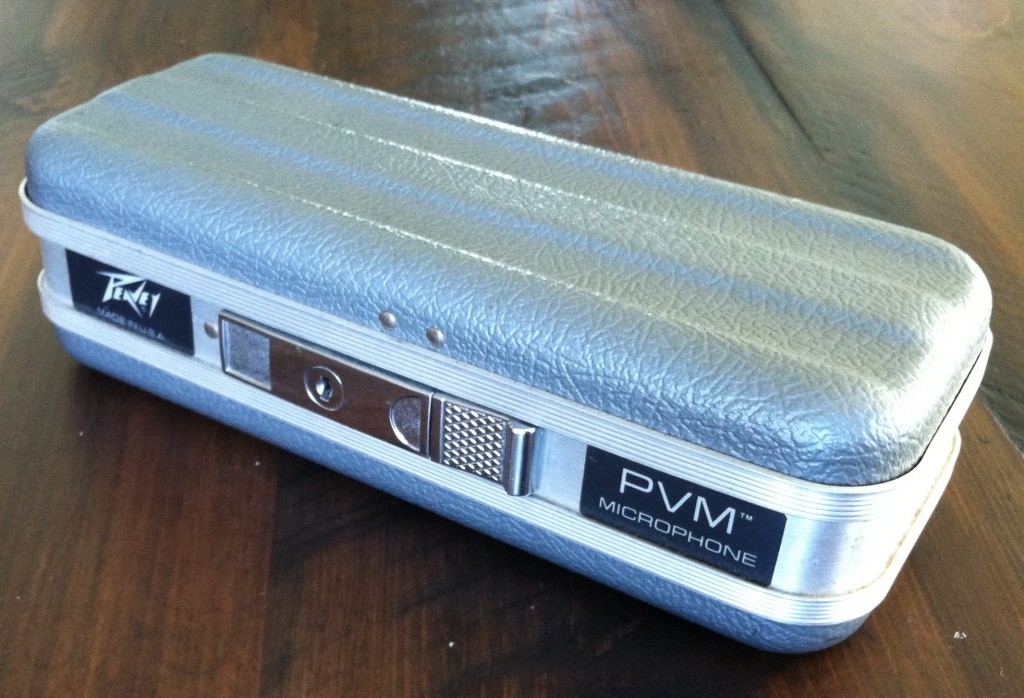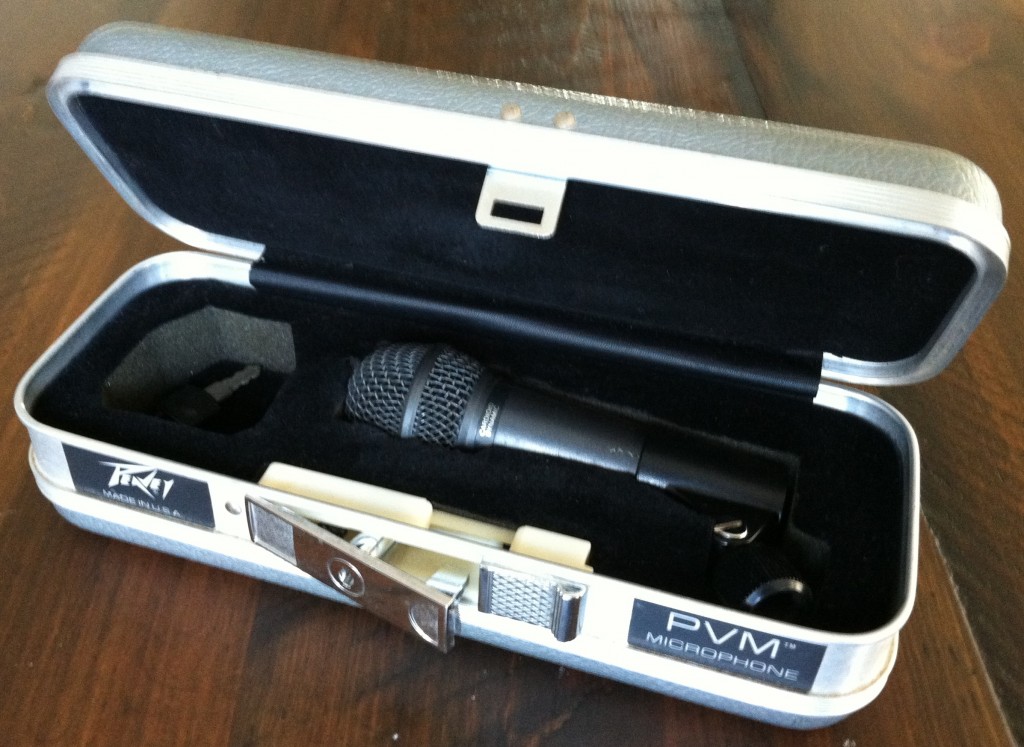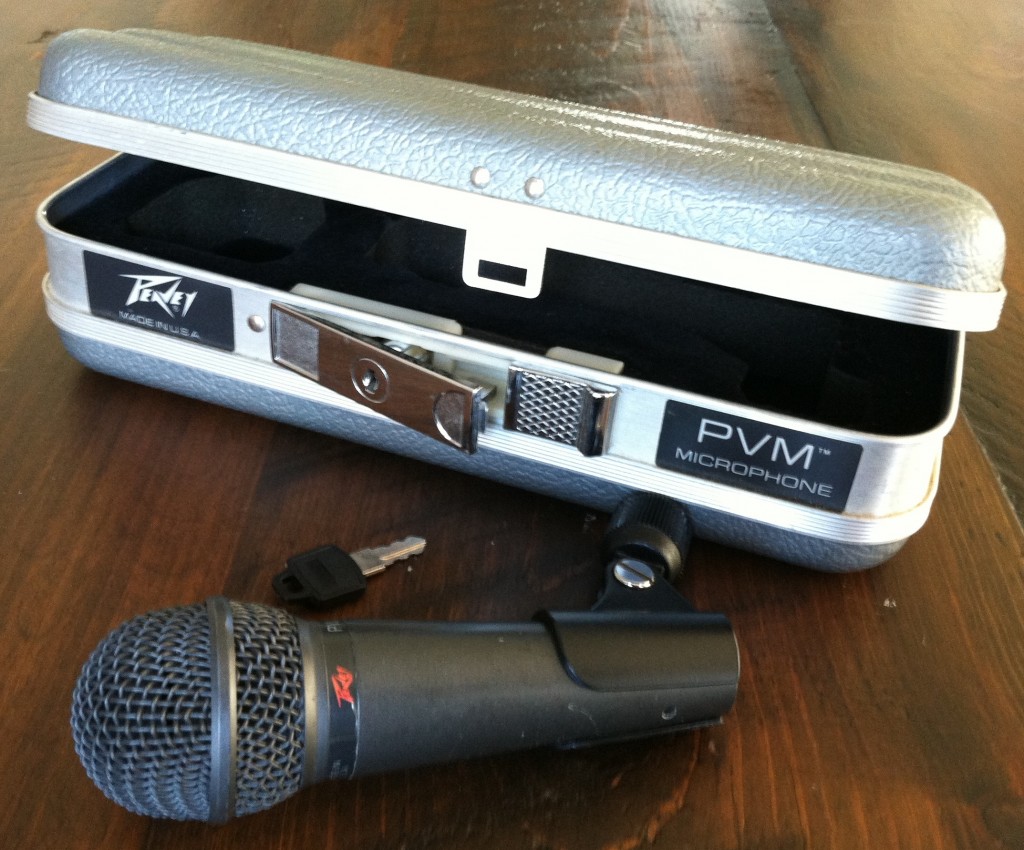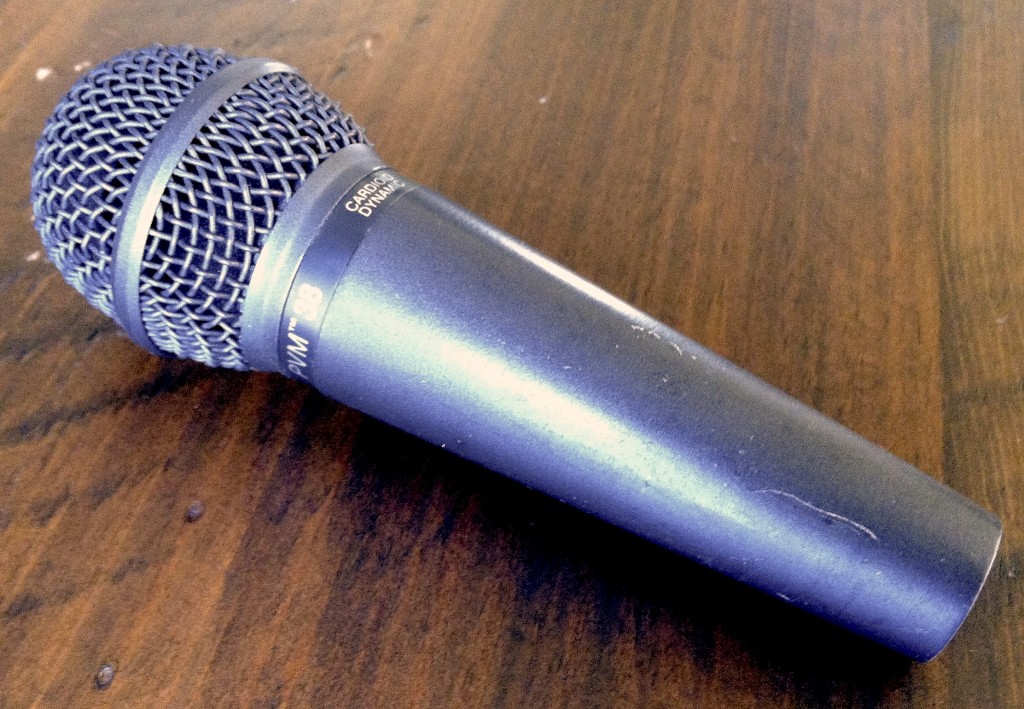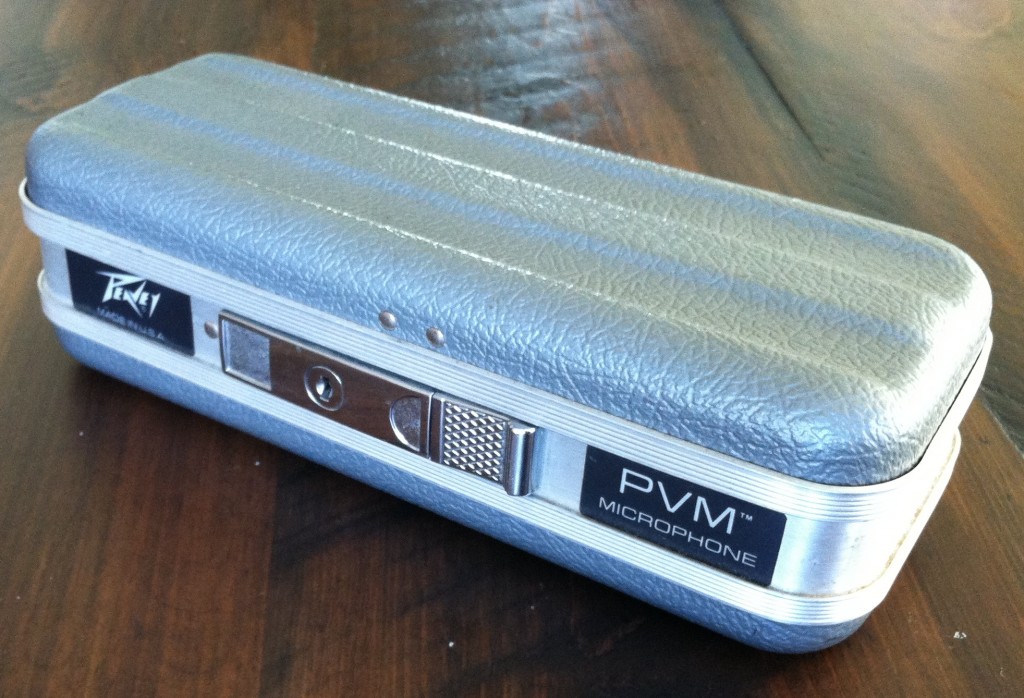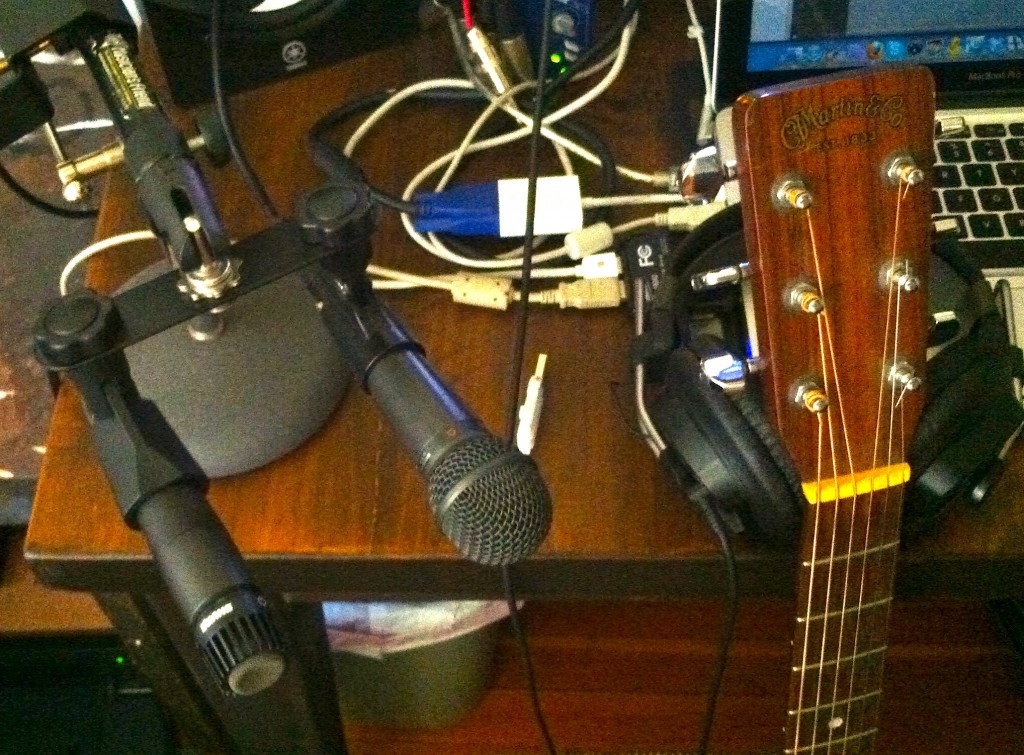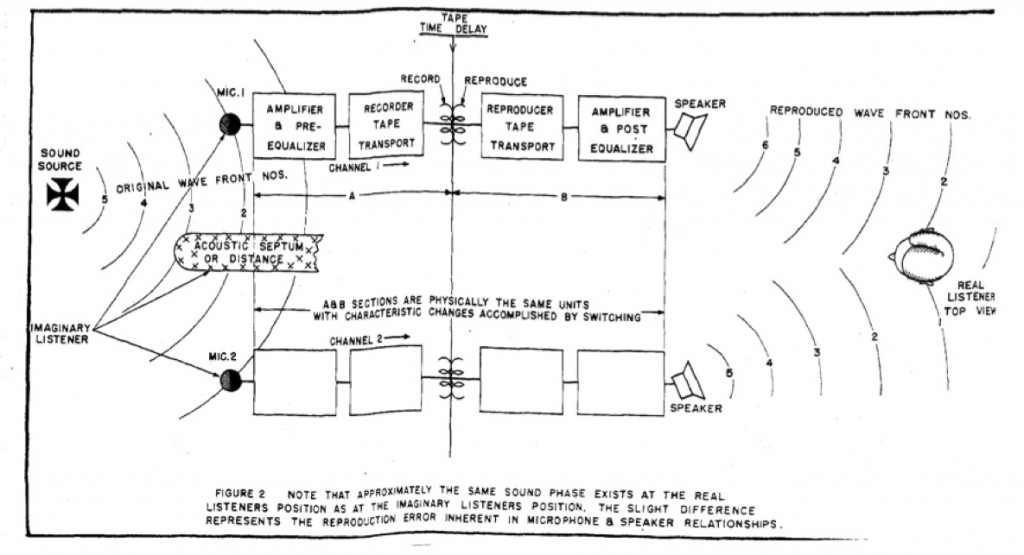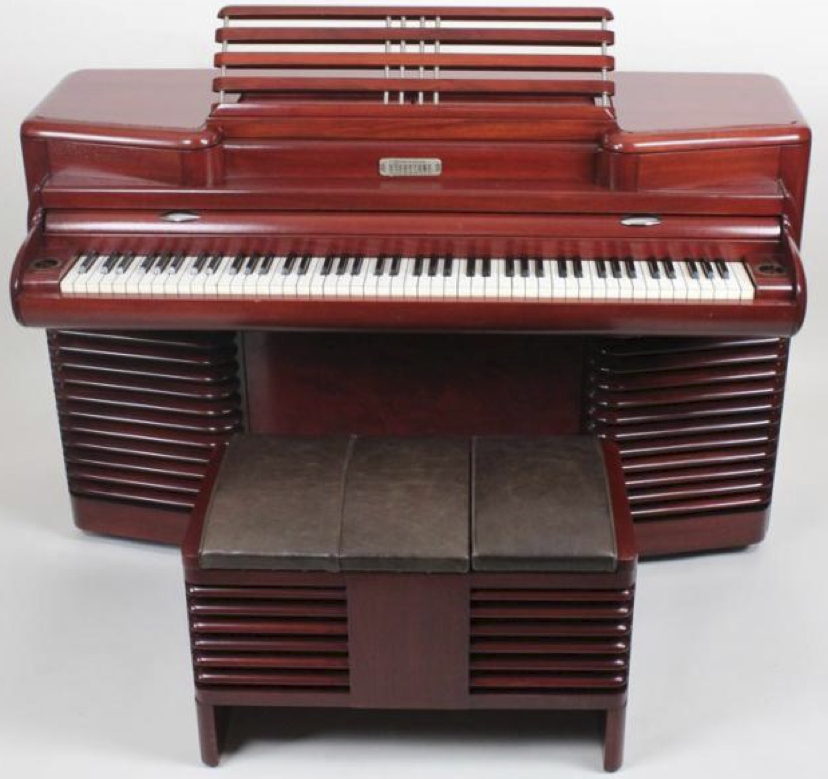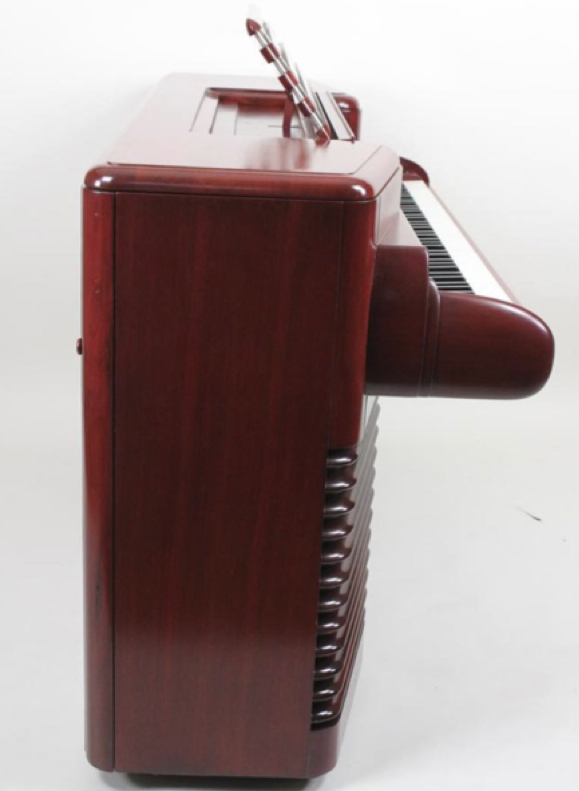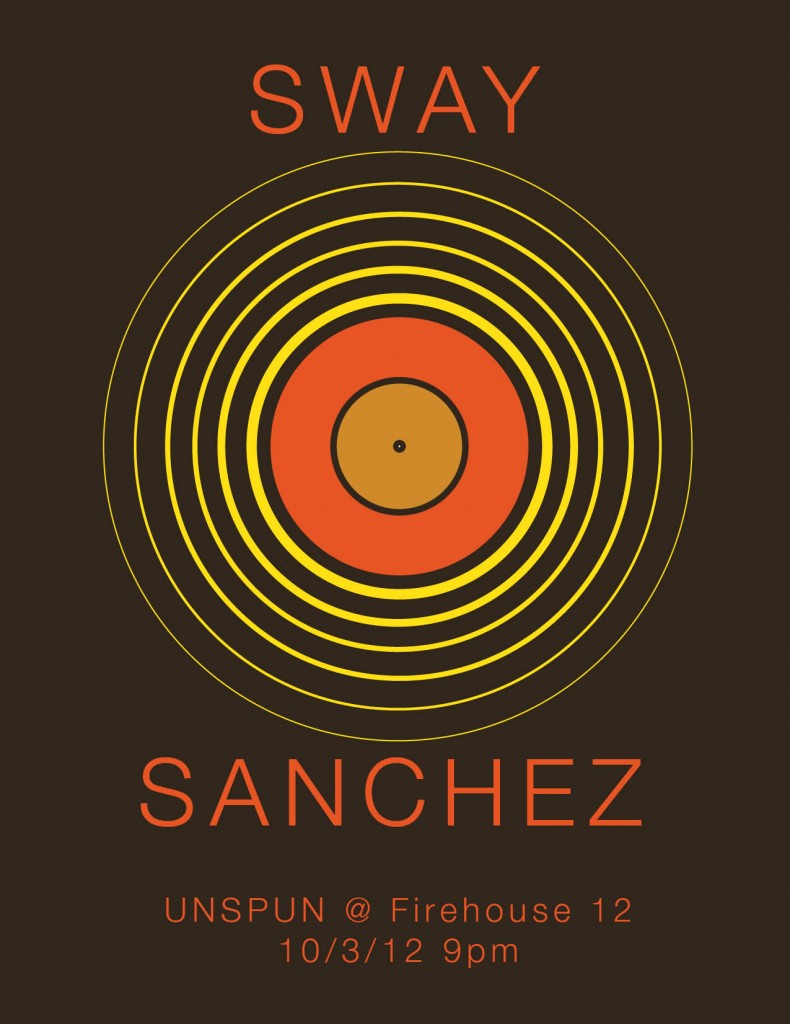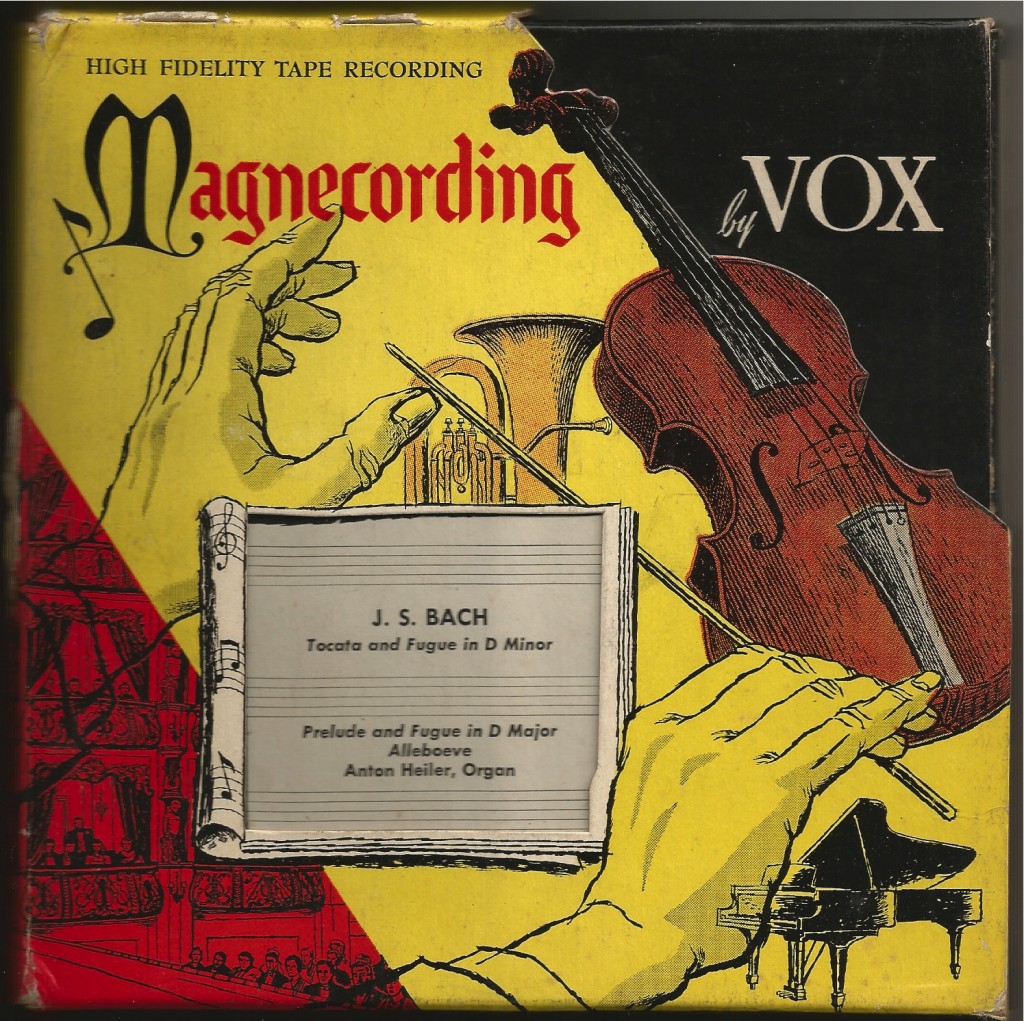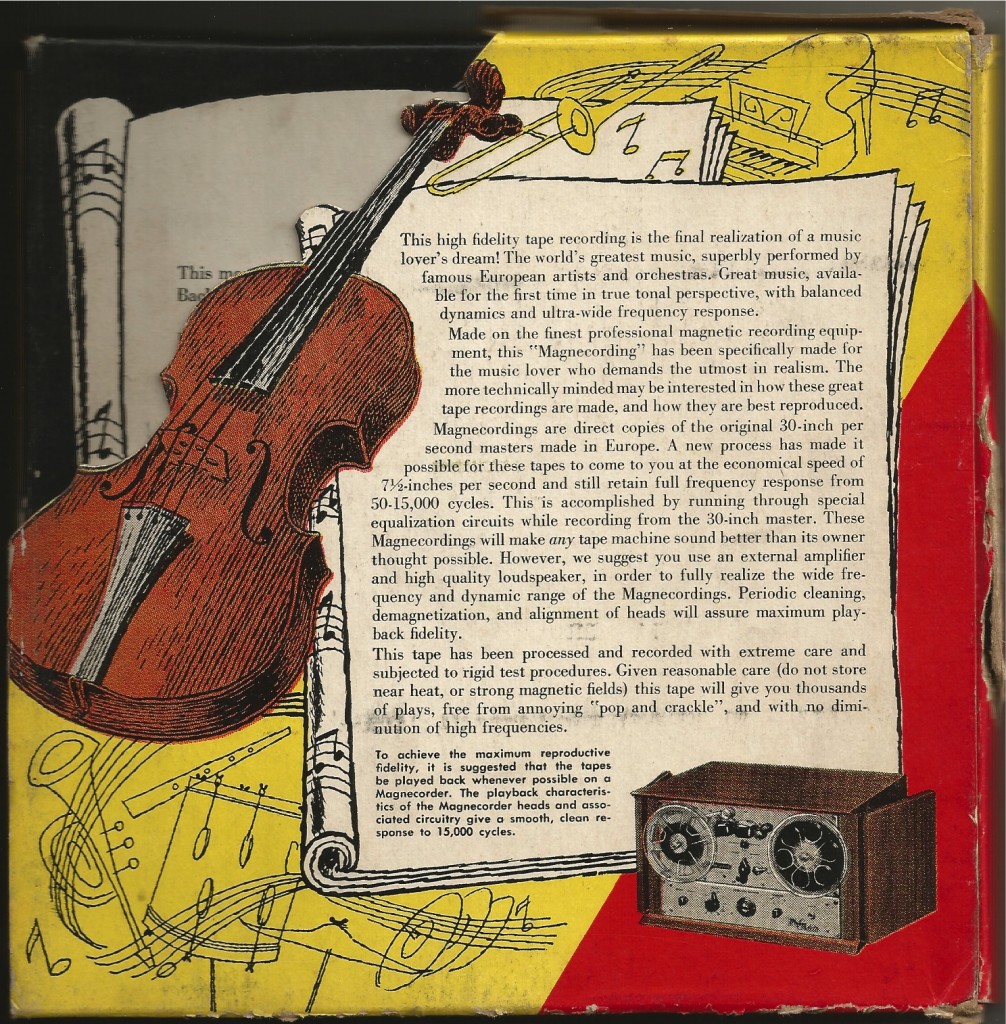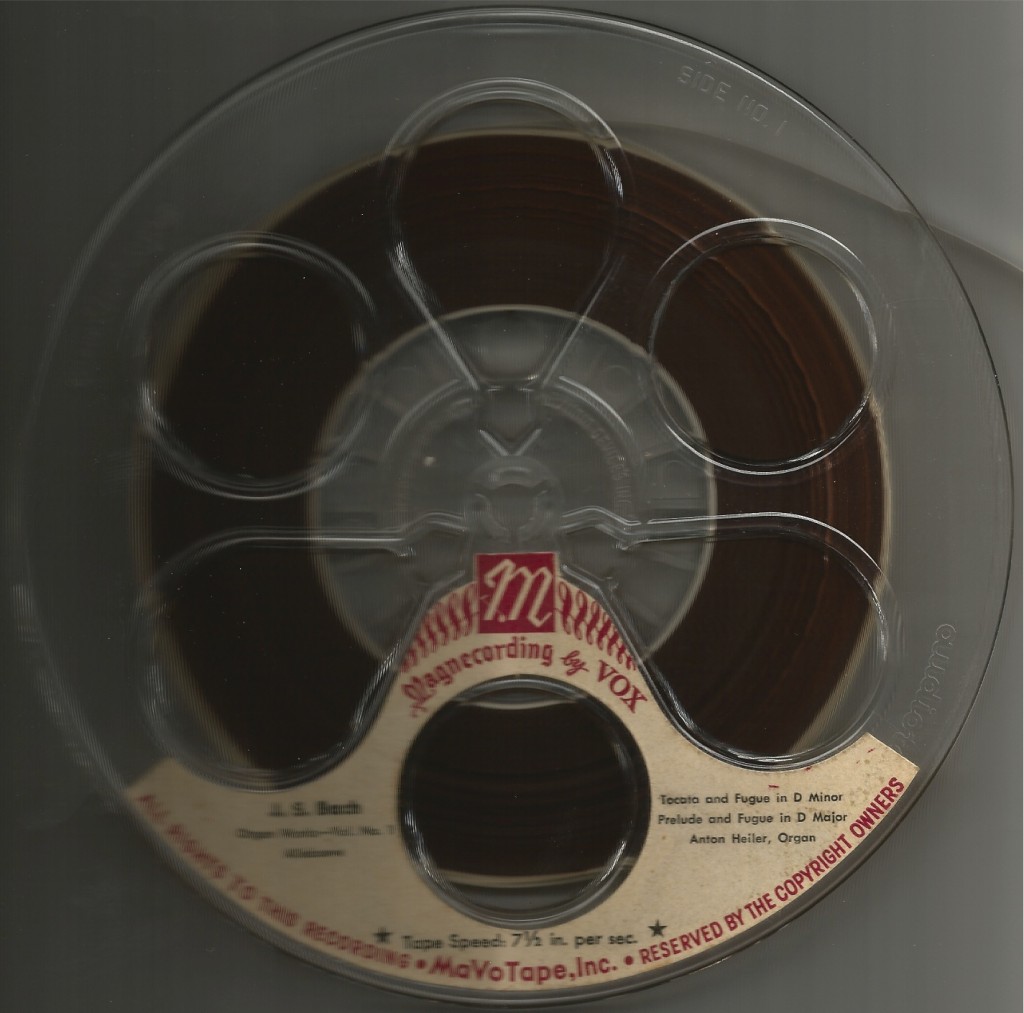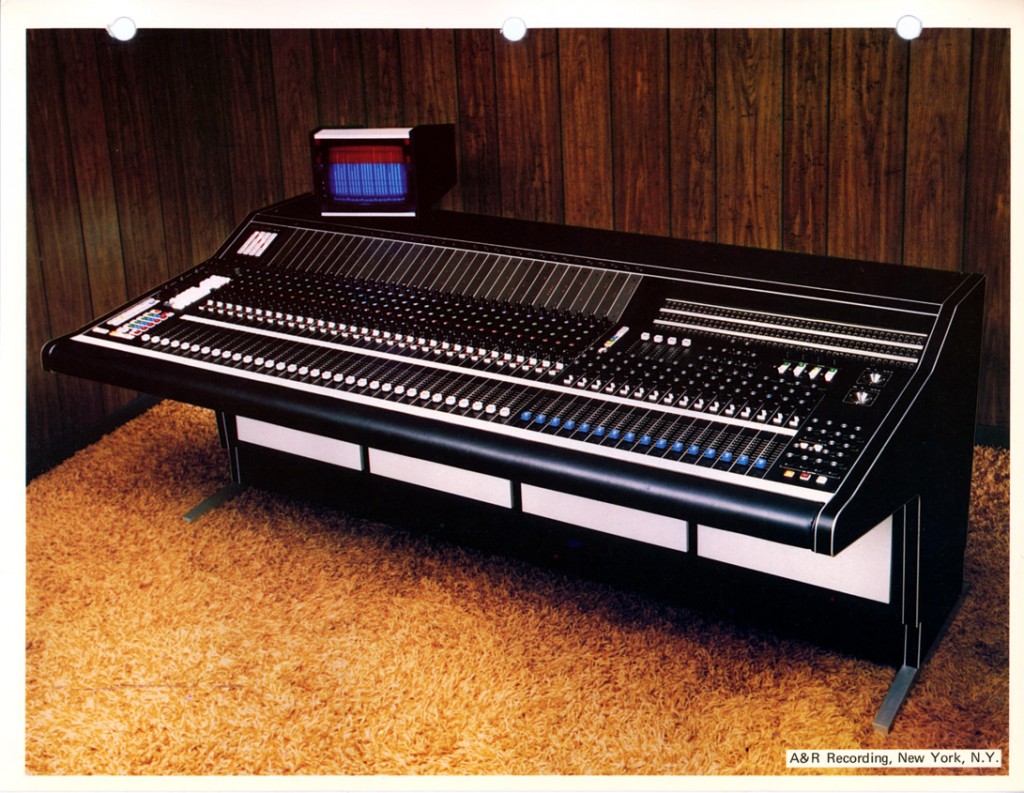
Above: ADM console constructed for NYC’s A+R Recording c. 1976
Nice set for y’all today, courtesy of reader T.F. T. sent over a large collection of ADM console images spanning the mid seventies into the 1980s. I know next to nothing about ADM, other than it was very well-made equipment: discrete op-amps, UTC or similar-quality transformers, and inductor-based EQs are featured in many of their modules. There’s not a tremendous amount of information on this kit online, but this guy always seems to have a few pieces of sale on eBay: both raw modules and P+P ready racked units.
Regarding the console pictured above, T. writes:
“it’s got the patented CRT spectrum graph option (left top) and it’s a Quad console, note the two panning joysticks on the upper right of the board. A&R made quad records for Project 3 with Enoch Light and some rock quad mixes were done there too. I have one of the ADM joystick panners, it was an interesting piece of machine work. 4 pots controlled by the joystick mechanism, driving VCA’s. All ADM consoles from the mid-70’s forward used their patented Slidex faders controlling VCA’s, nothing was done directly from the fader. In those days, you wanted to protect your console surface from spilled drinks and other substances. For what it’s worth, all the ADM stuff I have is on par with API, Harrison and Spectra of the same era. American design, different from Neve and the Brits.”
In the comments section at the end of the post (click ‘comments’), you can find some additional commentary from T.F. on the ADM brand and their products.
Scroll down for the rest of the photo set. If anyone is currently using any of these modules for audio production work, drop a line and let us know yr thoughts. And if you were involved with the ADM corporation, we’d love to hear a bit about the company; its origins, evolution, and current work of it’s principles/designers.
CIRCA 1976
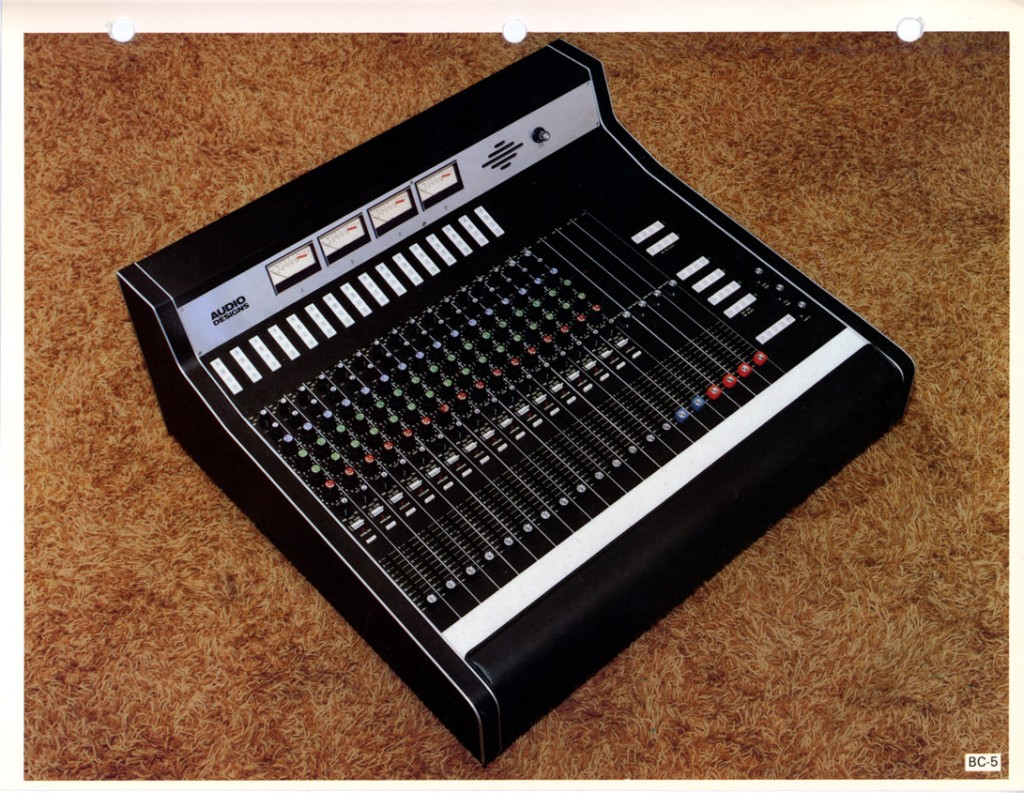 ADM BC-5 Console
ADM BC-5 Console
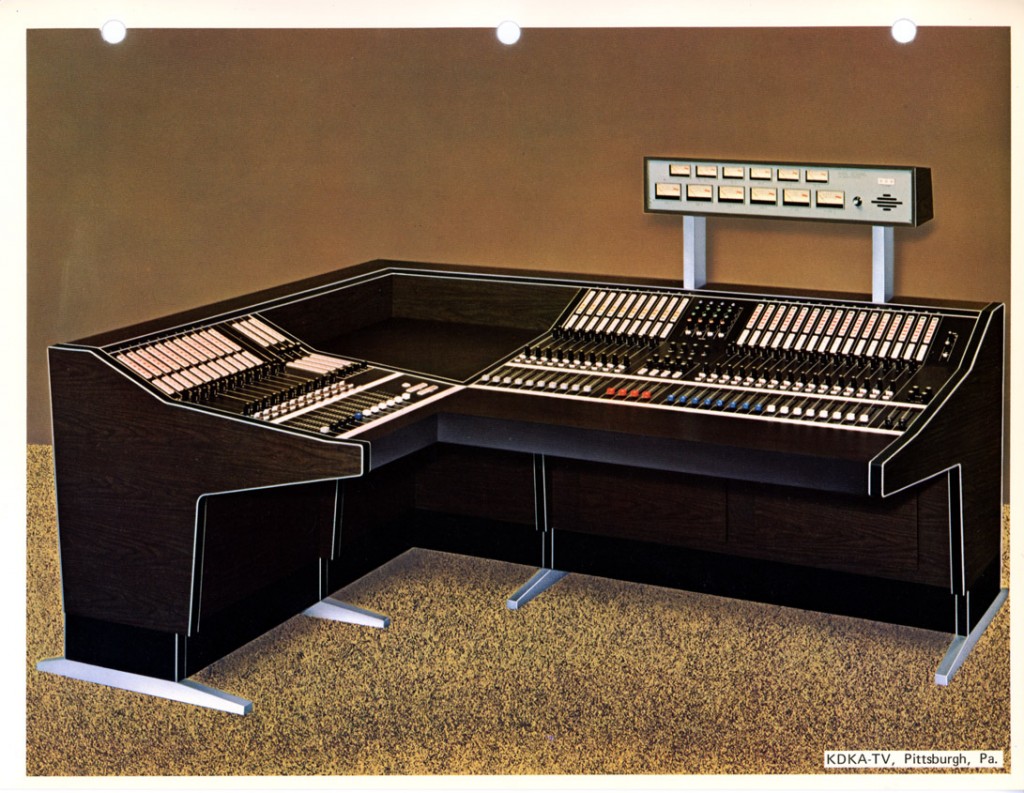 ADM console constructed for KDKA-TV, Pittsburg
ADM console constructed for KDKA-TV, Pittsburg
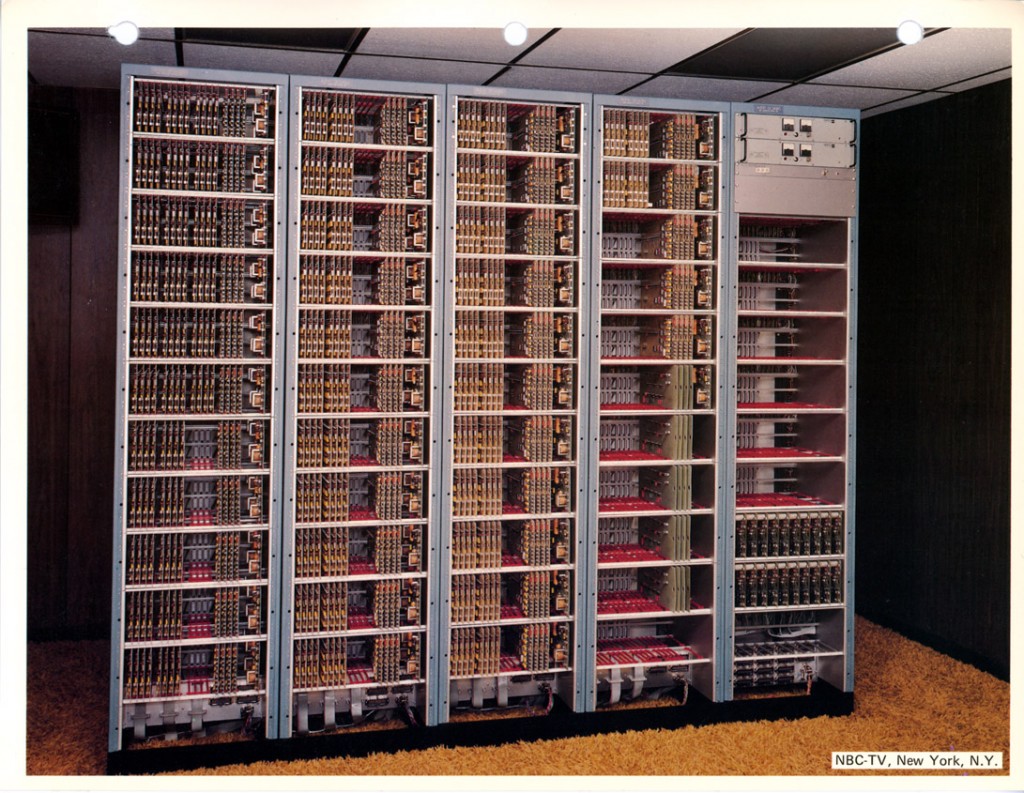 Routing system constructed for NBC TV, NY
Routing system constructed for NBC TV, NY
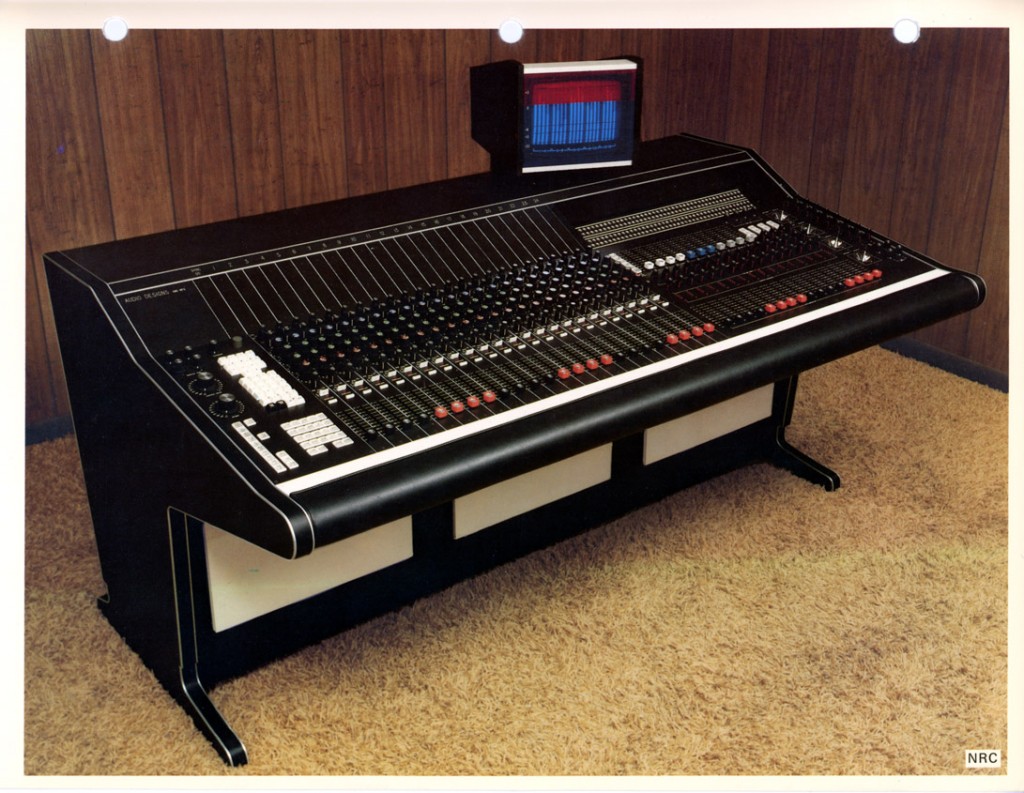 ADM NRC console
ADM NRC console
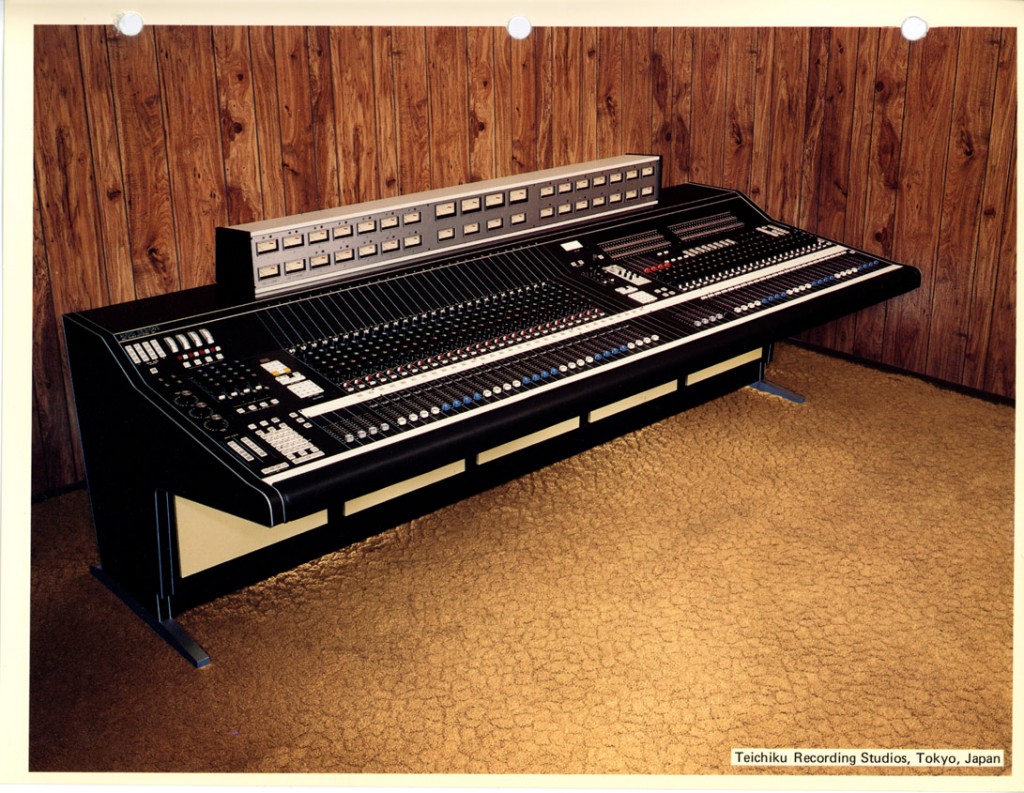 ADM console constructed for Teichiku Recording, Tokyo
ADM console constructed for Teichiku Recording, Tokyo
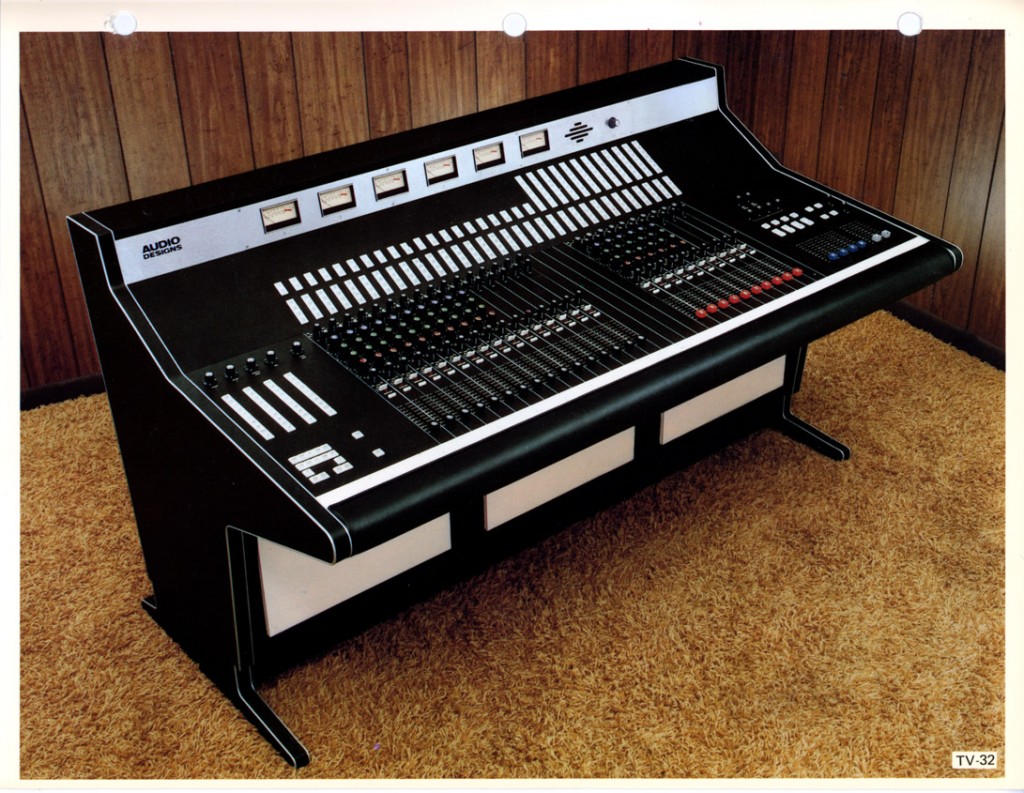 ADM TV-32 Console
ADM TV-32 Console
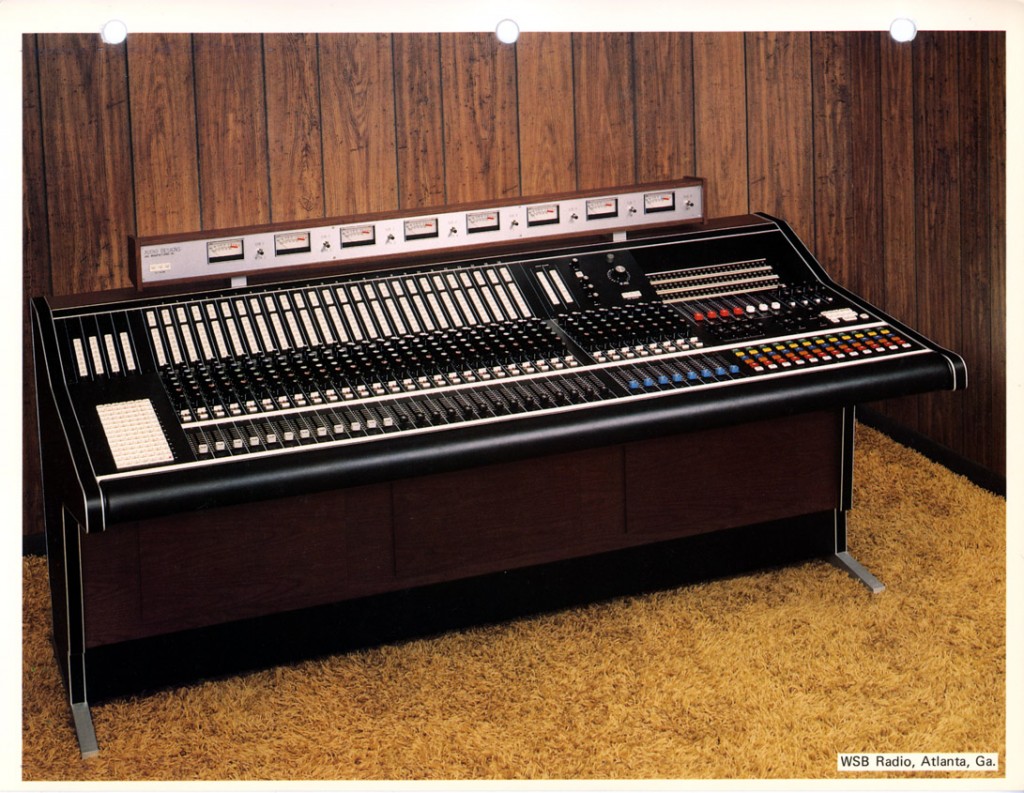 ADM Console constructed for WSB Radio, Atlanta
ADM Console constructed for WSB Radio, Atlanta
*************
*******
CIRCA 1980
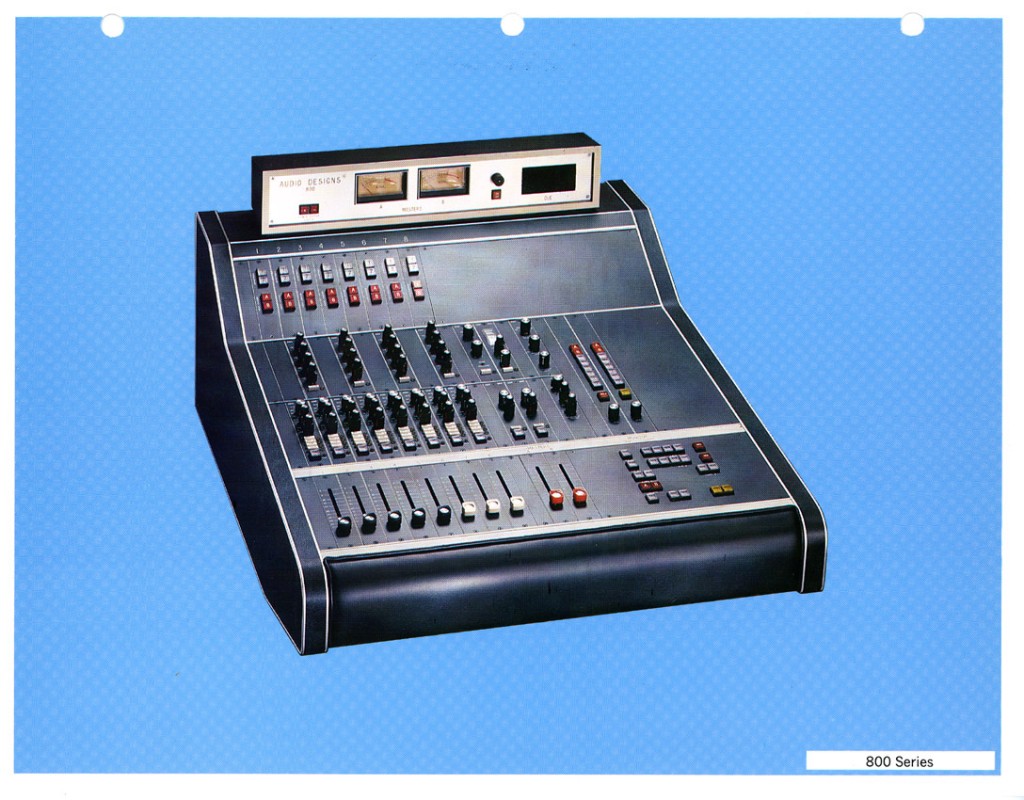 ADM 800 Series mixer
ADM 800 Series mixer
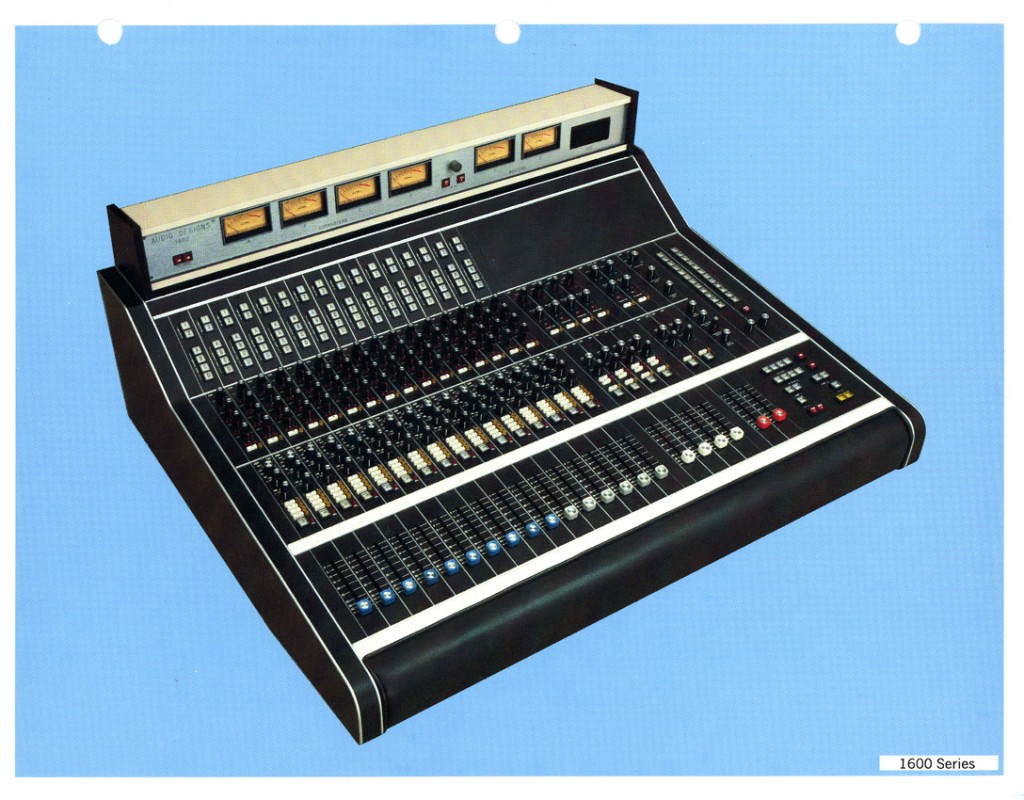 ADM 1600 Series mixer
ADM 1600 Series mixer
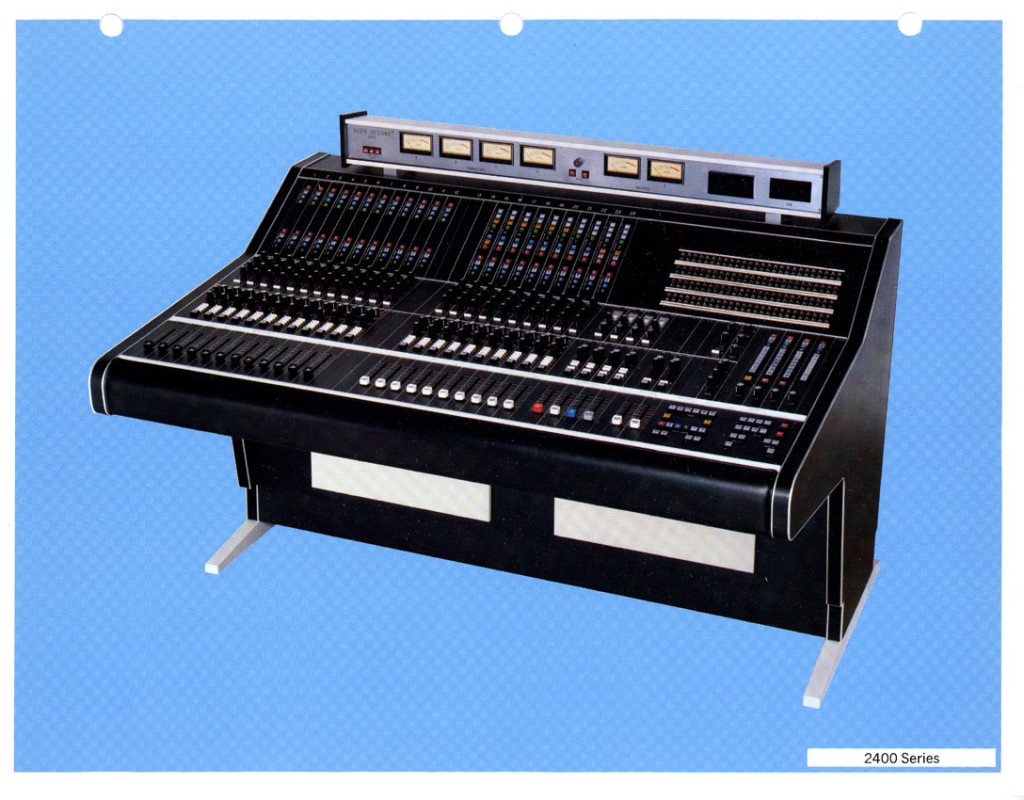 ADM 2400 Series console
ADM 2400 Series console
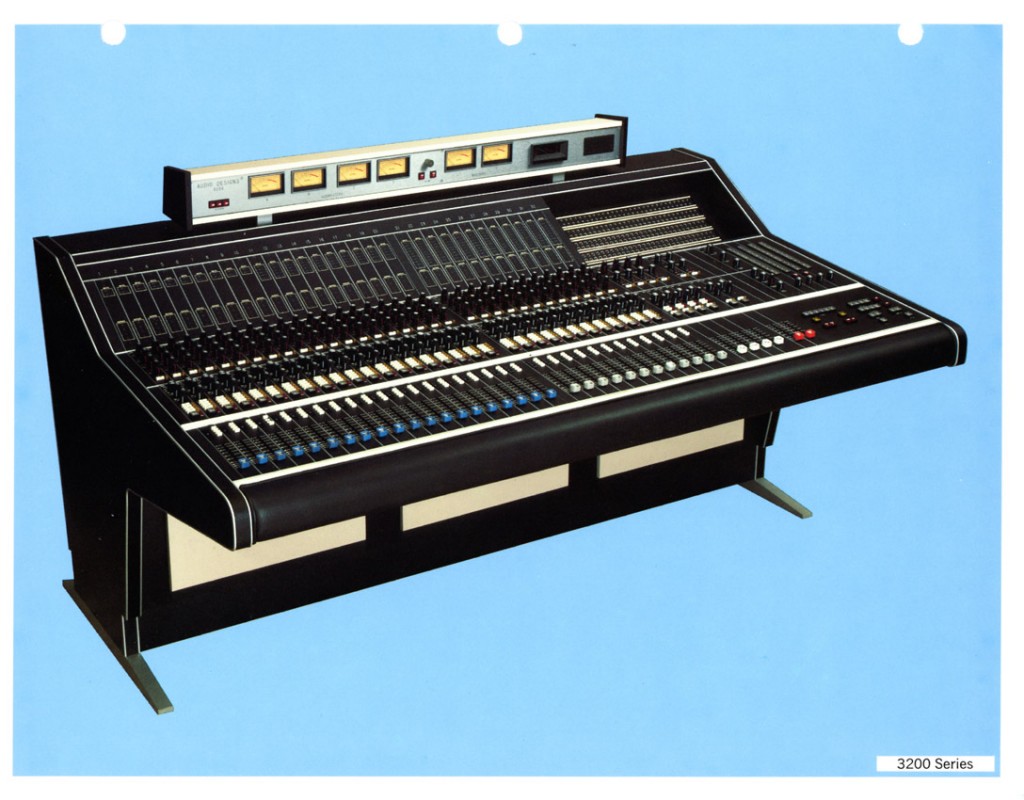 ADM 3200 Series console
ADM 3200 Series console
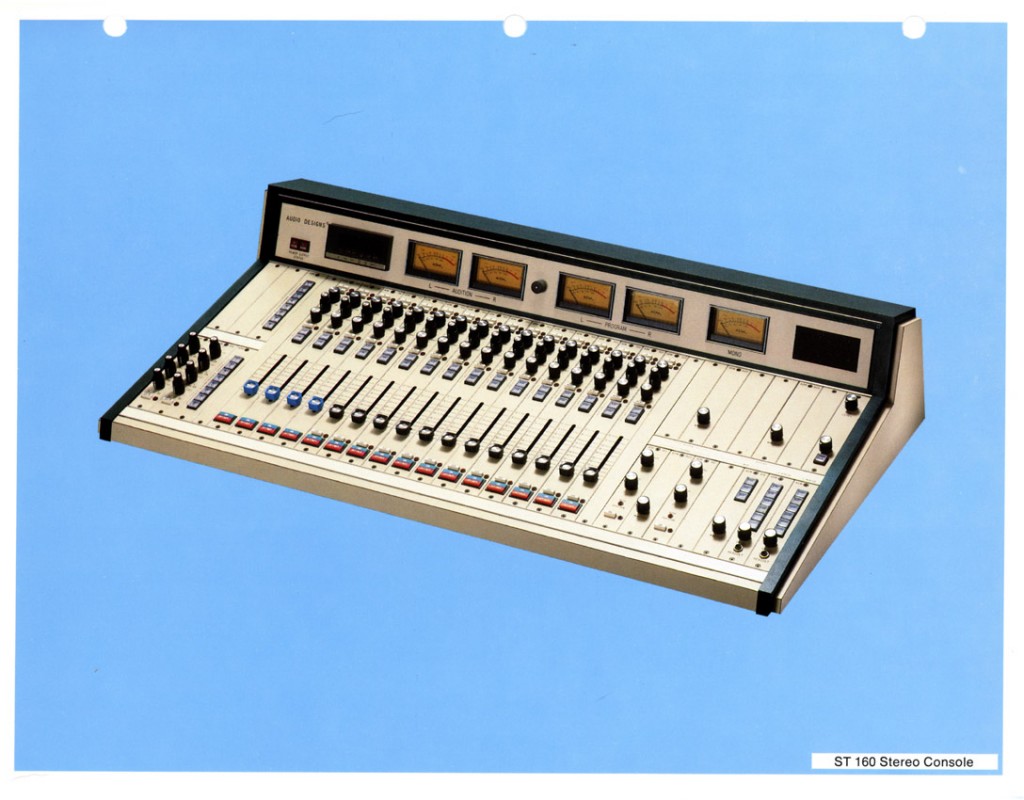 ADM ST 160 console
ADM ST 160 console
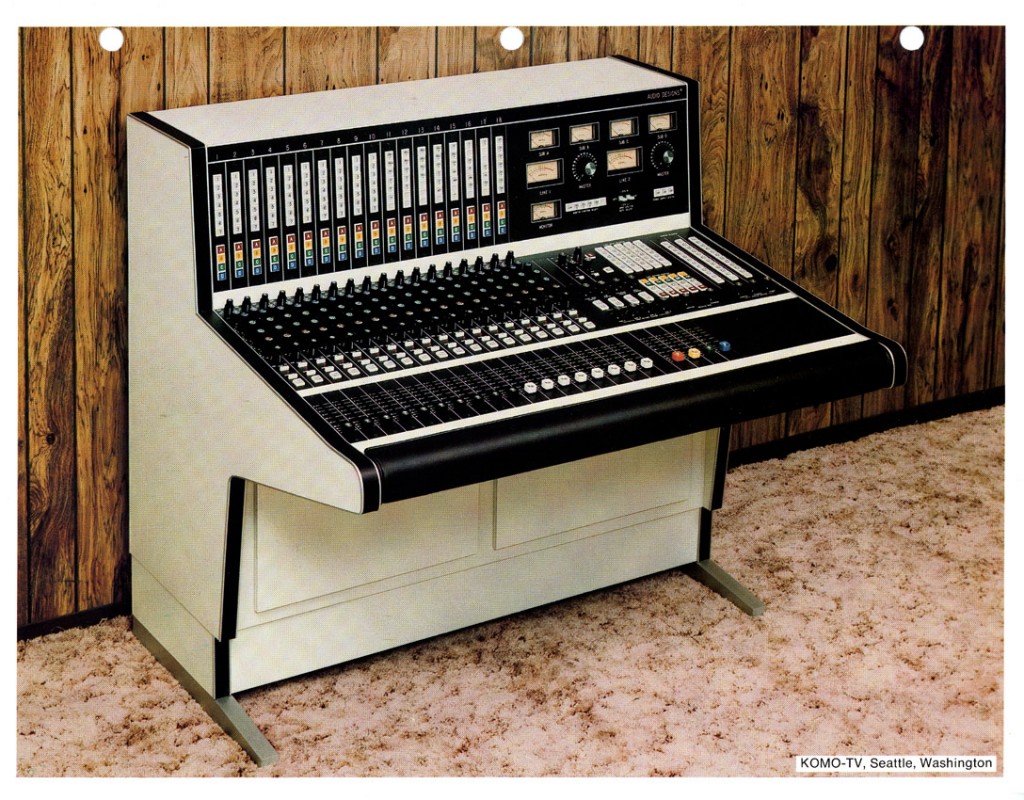 ADM console constructed for KOMO TV, Seattle
ADM console constructed for KOMO TV, Seattle
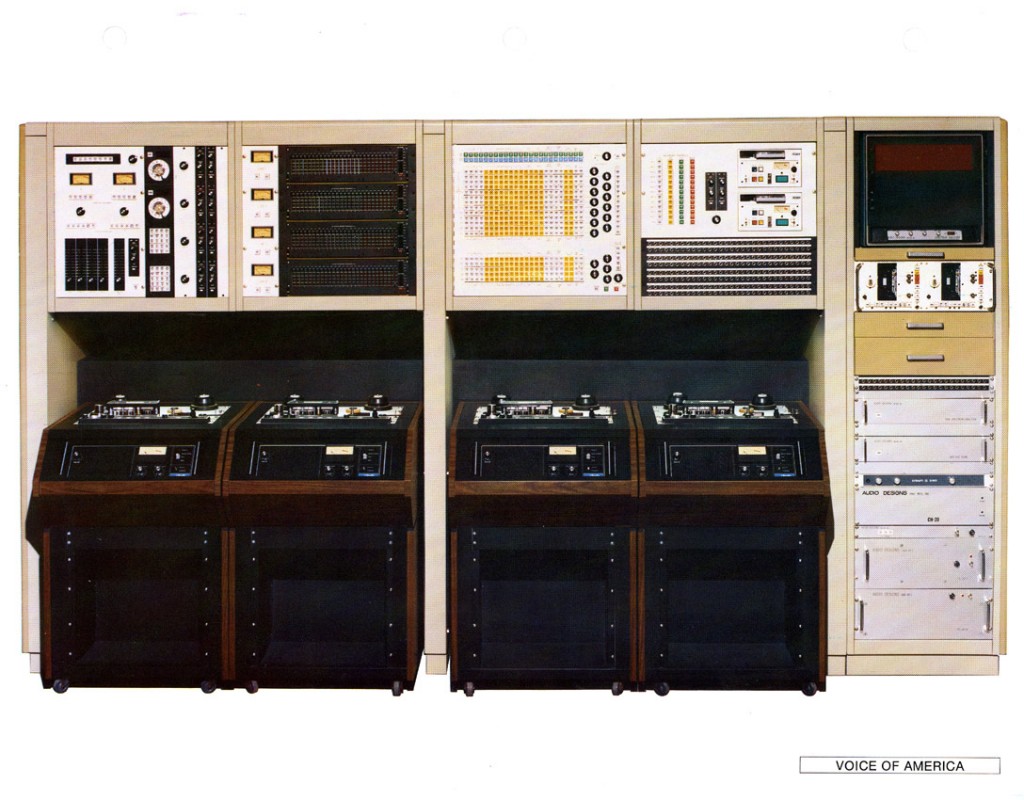 ADM Automation system constructed for the Voice Of America
ADM Automation system constructed for the Voice Of America
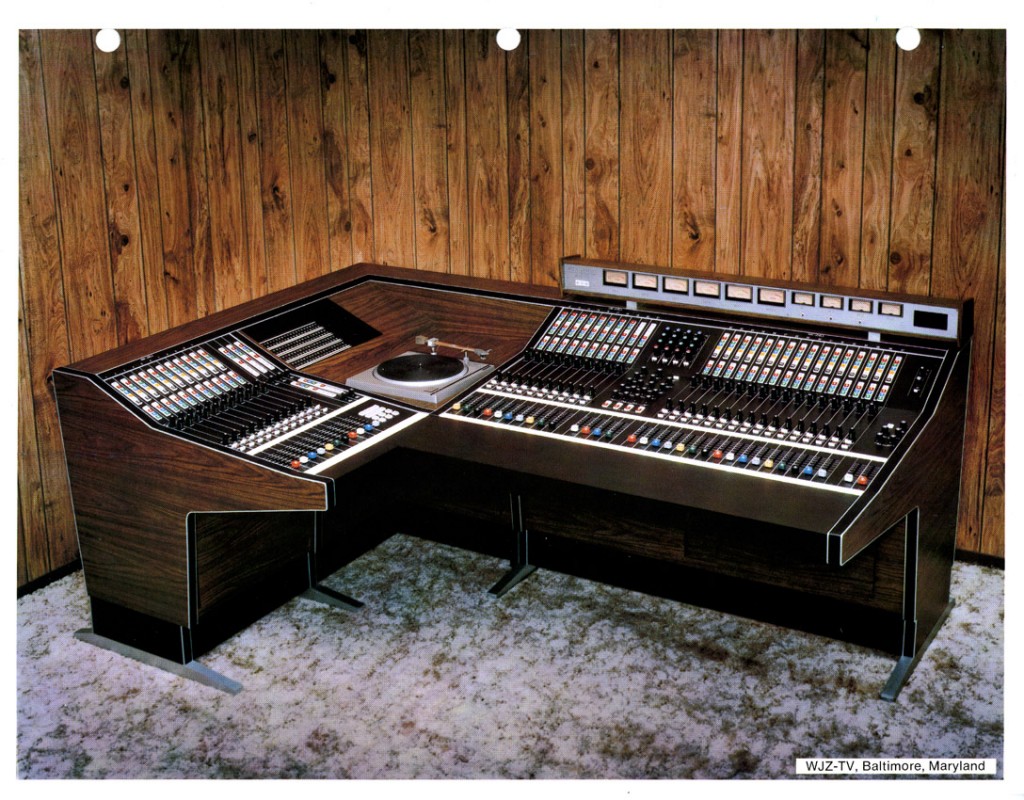 ADM Console constructed for WJZ TV, Baltimore
ADM Console constructed for WJZ TV, Baltimore
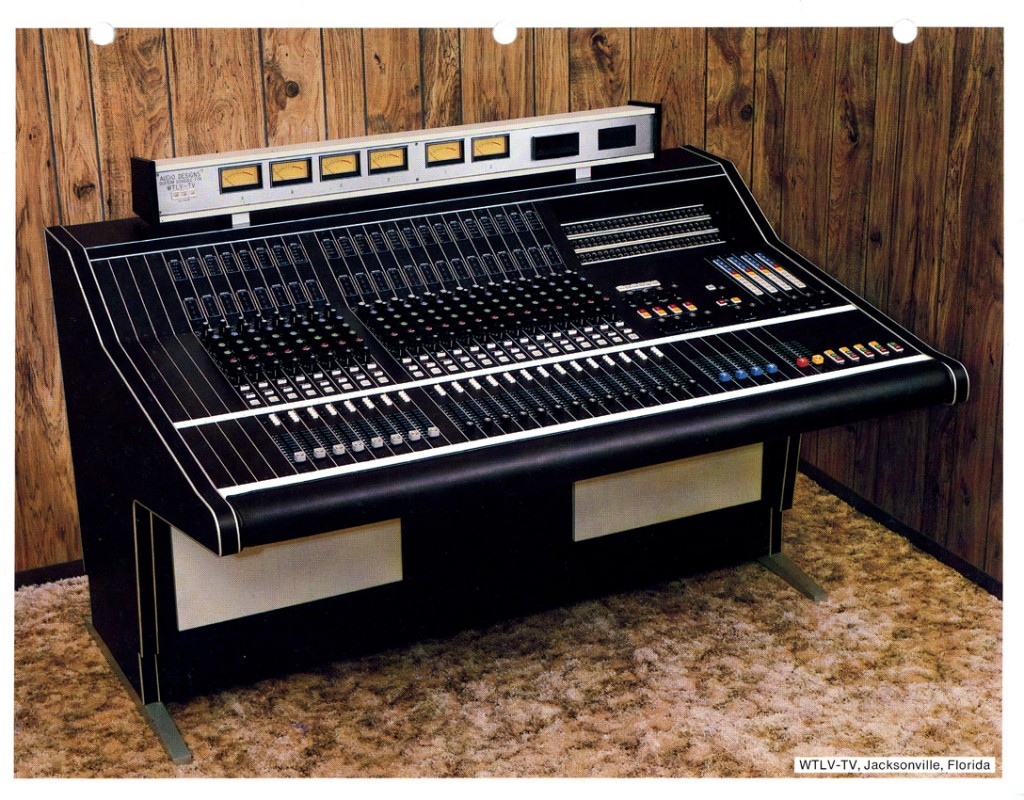 ADM console constructed for WTLV-TV, Jacksonville
ADM console constructed for WTLV-TV, Jacksonville
*************
*********
CIRCA MID 1980s
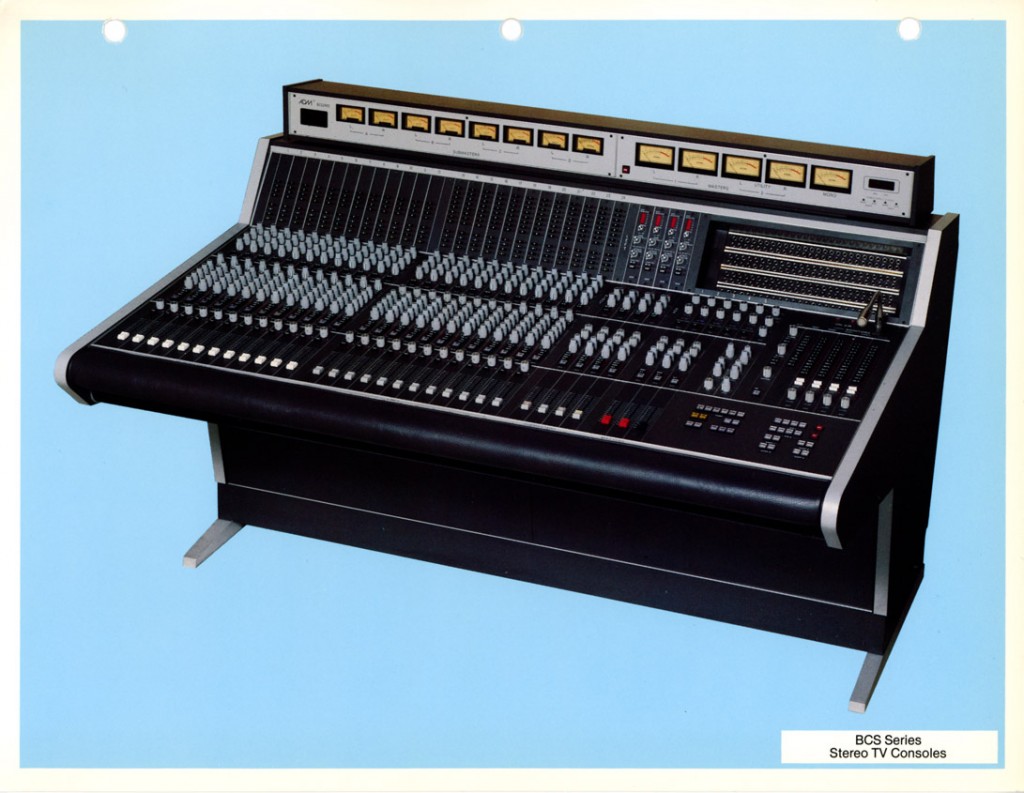 ADM BCS Series console
ADM BCS Series console
A later routing system constructed for NBC
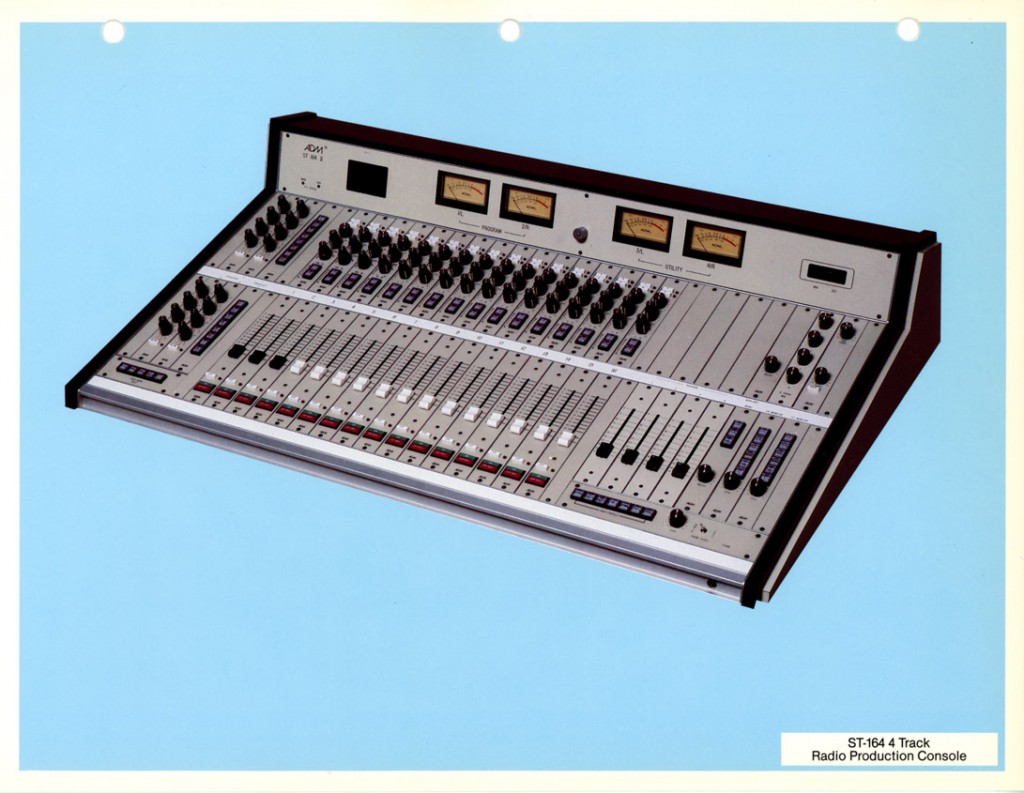 ADM ST-164 radio console
ADM ST-164 radio console
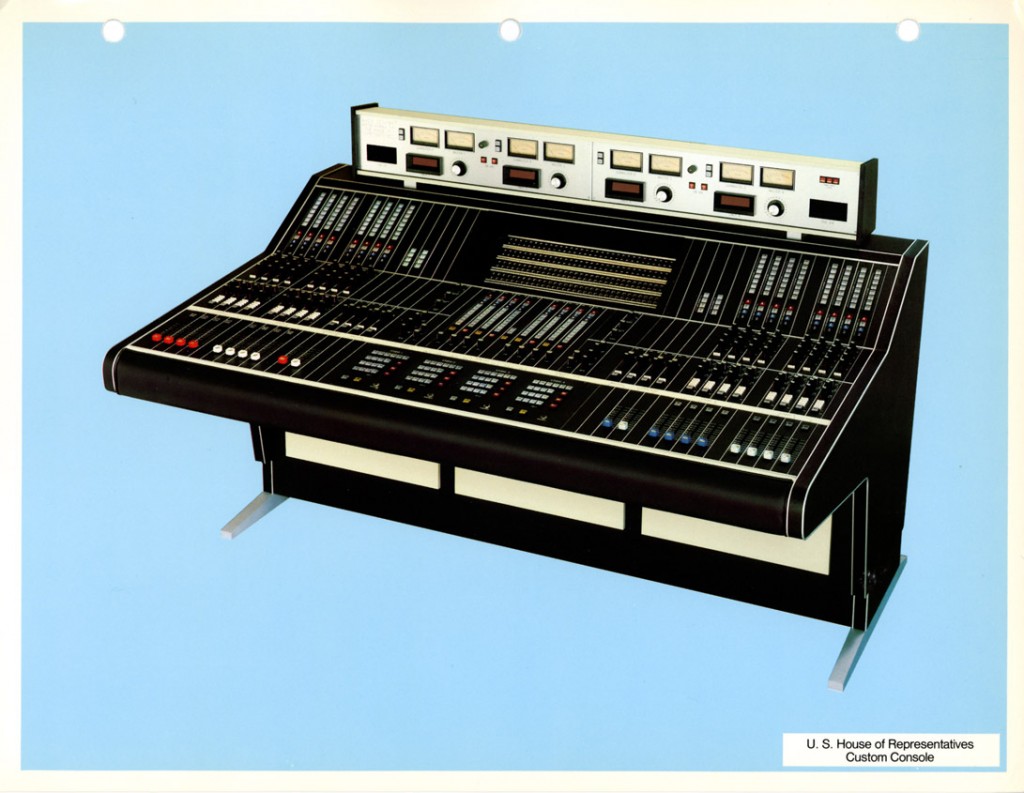 ADM console constructed for the U.S. House of Representatives
ADM console constructed for the U.S. House of Representatives
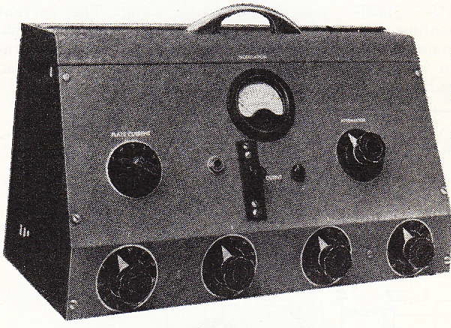 Download a three-page article from RADIO ELECTRONICS, Feb 1949, on the subject of Build Your Own Audio Control Console. Author is Richard Dorf.
Download a three-page article from RADIO ELECTRONICS, Feb 1949, on the subject of Build Your Own Audio Control Console. Author is Richard Dorf.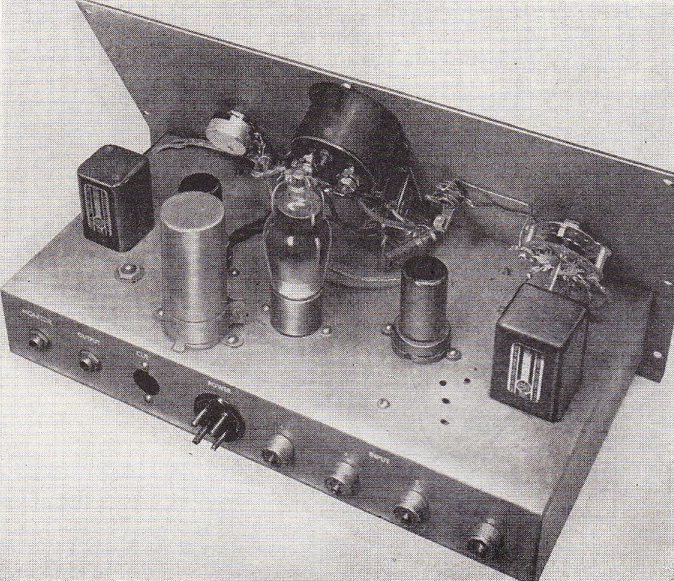
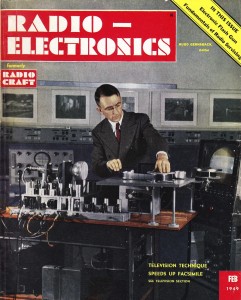 Kinda a wacky design: it’s intended for mixing four low-z unbalanced sources, using multiple T-pads summing through a resistor network to a single tube grid (rather than using multiple input transformers and multiple tubes). Not really so practical. I’m posting this primarily in the hope that one of my readers can elucidate the output stage design for me. It seems like it must be an error, but maybe not?
Kinda a wacky design: it’s intended for mixing four low-z unbalanced sources, using multiple T-pads summing through a resistor network to a single tube grid (rather than using multiple input transformers and multiple tubes). Not really so practical. I’m posting this primarily in the hope that one of my readers can elucidate the output stage design for me. It seems like it must be an error, but maybe not?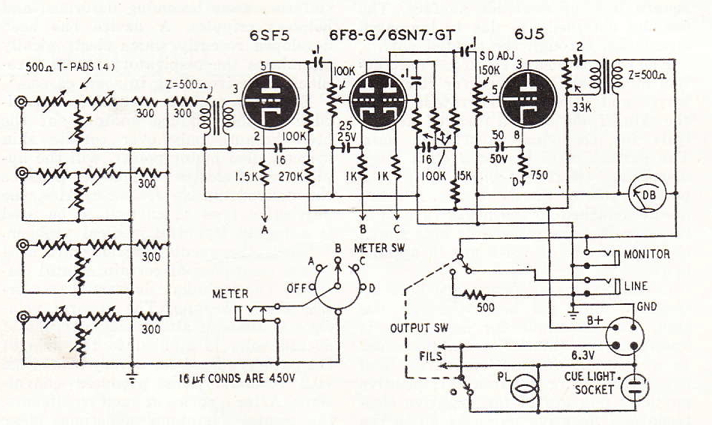 The article states that ‘any plate to line output transformer can be used,’ which means that the design does not specify an air-gapped (DC-handling) transformer. Not sure how that applies to this design. Seems like the DC would be quite different on either side of that 33k resistor? Also not sure how any signal would develop there? Is it possible because on of the secondary legs is terminated to ground? Confused. Were there any commercially-manufactured pro-audio units that used this kind of line output stage?
The article states that ‘any plate to line output transformer can be used,’ which means that the design does not specify an air-gapped (DC-handling) transformer. Not sure how that applies to this design. Seems like the DC would be quite different on either side of that 33k resistor? Also not sure how any signal would develop there? Is it possible because on of the secondary legs is terminated to ground? Confused. Were there any commercially-manufactured pro-audio units that used this kind of line output stage?